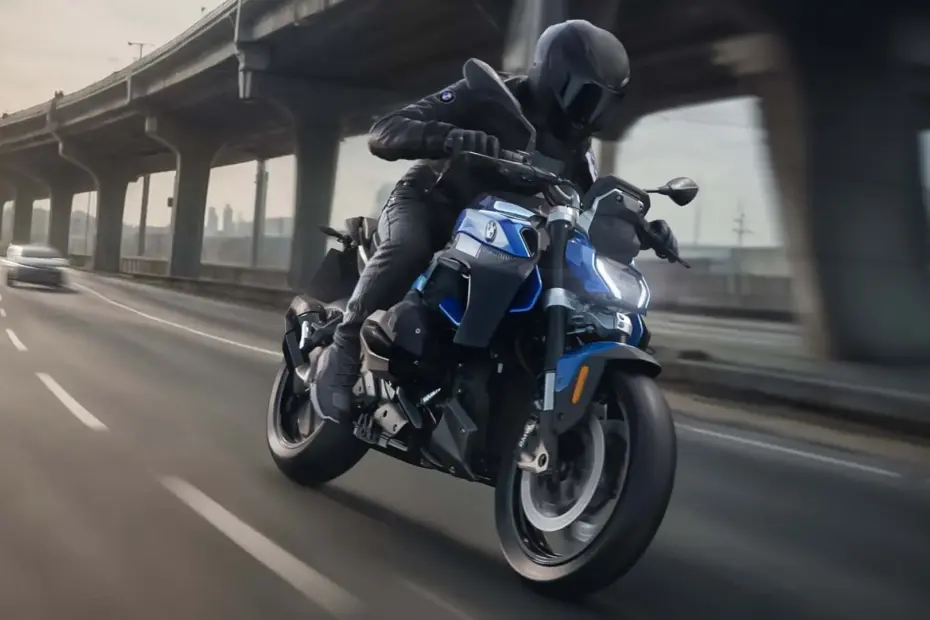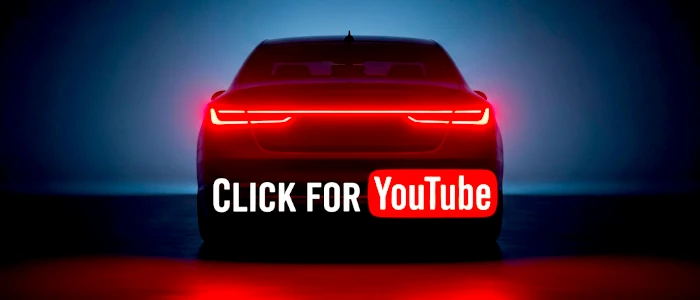Hold onto the handlebars, because here comes the big news! BMW has decided that the R 1250 R needed an upgrade… and what an upgrade it is! The new BMW R 1300 R 2025 arrives with a bold new look, promising to be stronger, more precise, and more commanding on the road. This isn’t just a cosmetic change; it’s nearly like a radical makeover!
Forget about any timid evolution. BMW took its classic roadster and gave it a thorough refresh, focusing on the right features to reignite the passion for the boxer engine. Let’s see together if this devilish German machine delivers on its promises or if it’s just a lot of noise for nothing.
The Beating Heart: The Most Powerful Boxer Engine Ever
The star of the show is undoubtedly the new 1300 cc boxer engine. With 145 horsepower (we’ll stick with 145 hp instead of BMW’s occasional 143.5 hp!) and 149 Nm of torque, it’s simply the most powerful production boxer BMW has ever made. Think about it: raw strength ready to launch you forward with every twist of the throttle.
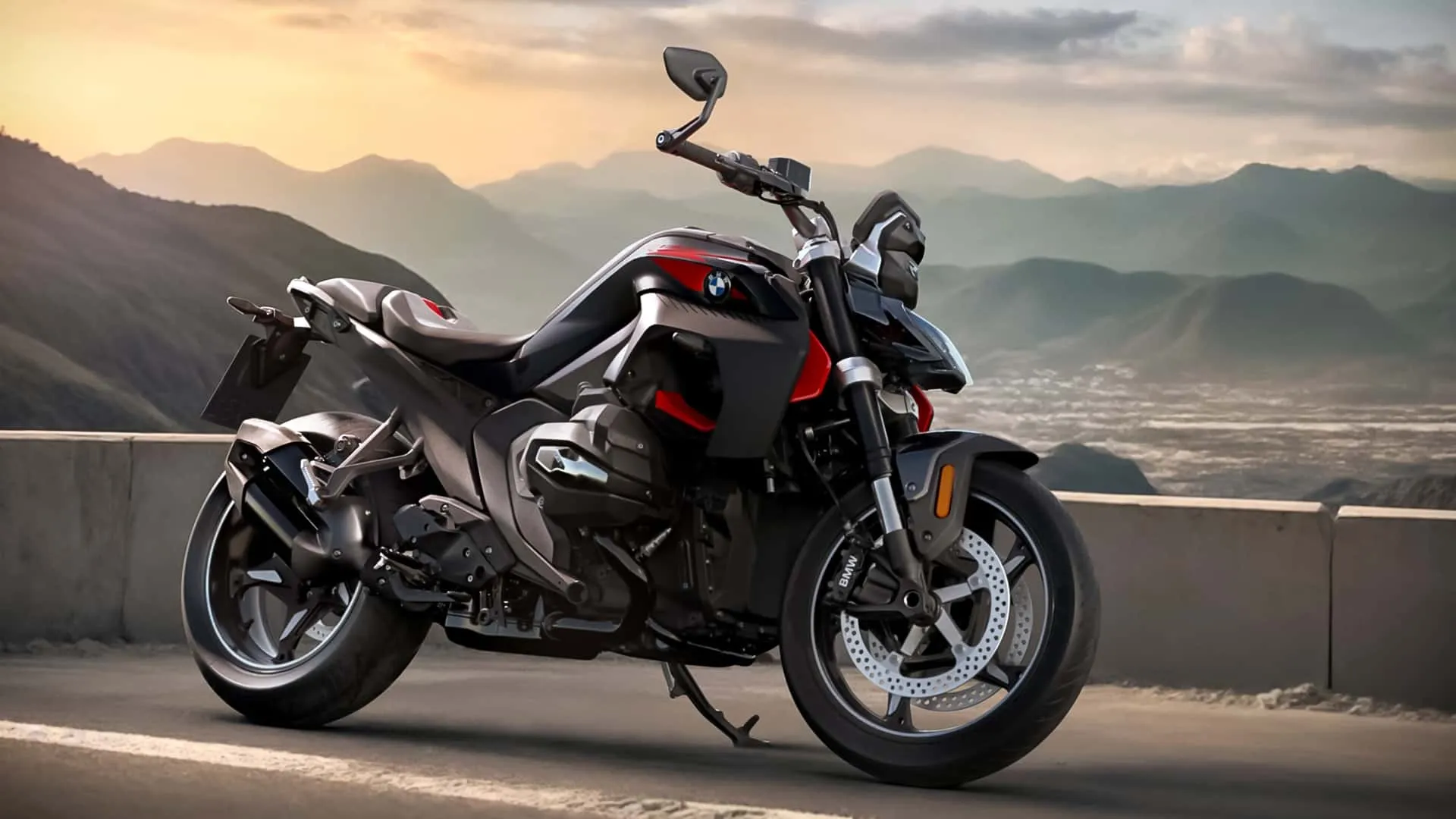
It revs eagerly up to 9,000 rpm, delivering that delicious pull from the mid-range. How did they achieve this? They increased the cylinder diameter, introduced a new crankshaft, and adjusted the valve timings. The result is more “kick” without sacrificing the smoothness that is characteristic of the boxer engine (phew!). The ShiftCam technology that adjusts the valve timing is still here, ensuring power at high revs and efficiency at low speeds—whether you’re in full acceleration mode or in “eco cruising” mode.
Sharp Handling: A German Scalpel in the Curves
It’s not just the engine that has changed. The chassis has been completely rethought. Goodbye tubular frame! Enter a stamped steel frame that’s stiffer, paired with a cast aluminum subframe. The goal is to make everything more compact and firm.
The suspension is also new. Up front, there’s a robust inverted fork (USD). In the rear, the famous EVO-Paralever has been revamped for more precision and stability, especially during hard braking (the moment when your heart skips a beat!). Lighter wheels and better mass centralization close to the center of gravity make the R 1300 R more agile without feeling overly twitchy. It’s like an athlete who has gained both muscle and agility at the same time.
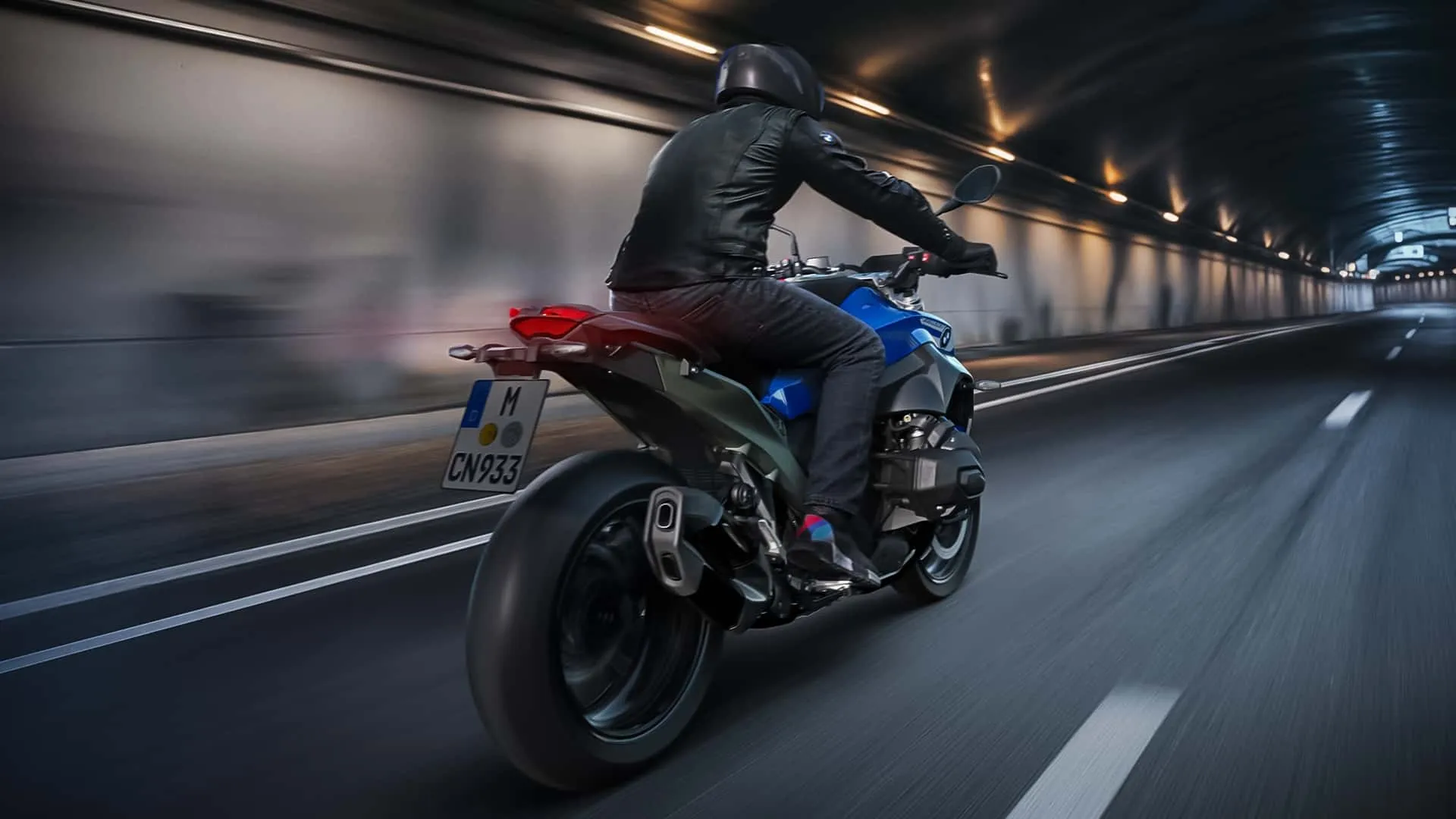
And what’s the cherry on top of this technological cake? The optional DSA (Dynamic Suspension Adjustment). This system adjusts not only the damping but also the spring preload electronically. Essentially, the bike adapts to the rider’s weight and riding style almost magically. This is unprecedented in production bikes and promises adaptive comfort and performance at another level. Of course, be prepared to lighten your wallet!
Aggressive and Comfortable Ride? Ergonomics in Focus
BMW has also given the ergonomics a makeover. The footpegs have been moved back, and the handlebars are now lower and flatter. This results in a more active riding position, with the rider more “up” over the tank and ready to tackle curves. Feeling the strain on your back?
Relax! If you’re not a weekend warrior or simply want more comfort, BMW offers more comfortable handlebars and different seat options as extras. The standard seat height starts at a reasonable 32.3 inches (820 mm), but there are options ranging from 31.1 inches (790 mm) to 33.5 inches (850 mm), making the bike accessible to riders of different heights. The aim is to be sporty without torturing you.
Cutting-Edge Technology: Electronics Galore
In terms of technology, the R 1300 R 2025 comes loaded. Standard features include three riding modes (Rain, Road, Eco), traction control (DTC), engine brake control (MSR – helps prevent locking the rear wheel during hard downshifts), hill start assist (HSC), tire pressure monitoring (TPM), and the well-known 6.5-inch color TFT display with connectivity.
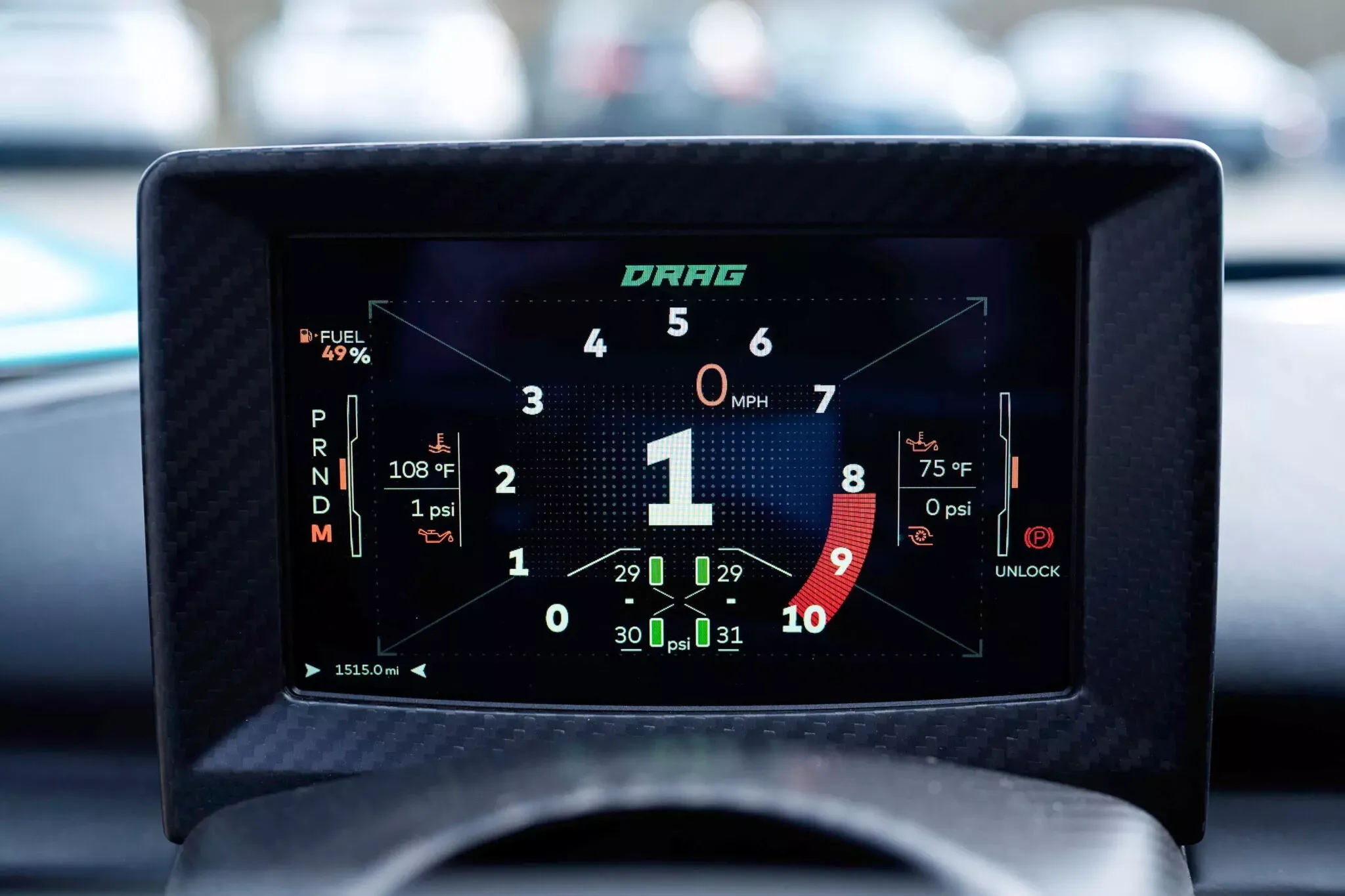
Want more? The Pro package adds Dynamic and Dynamic Pro modes (for those who like to fine-tune everything). And the big new optional feature: the ASA (Automated Shift Assistant). This system allows for fully automatic gear shifts without using the clutch or shift pedal! It can function in semi-automatic mode (where you still tap the pedal) or fully automatic. It’s a handy feature (quite literally!) in traffic or for those who want to relax. But don’t worry, purists: you can still shift manually if you prefer.
Other optional goodies include an adaptive headlight (illuminates the curve before you enter it), adaptive cruise control with radar (maintains distance from the vehicle ahead), forward collision warning, and even a navigation module with an electric lock. BMW wants you to use the R 1300 R for touring as well, without compromising its sporty character.
Striking Design: The New Look of the Bavarian Roadster
Visually, the R 1300 R remains a roadster with an intimidating presence. The new design features sharper, more angular lines. The “flyline” (the top line of the bike) appears more compact, and the tail is shorter and more minimalist. Highlighting this overhaul is the new octagonal LED headlight, which gives it a unique and modern identity.
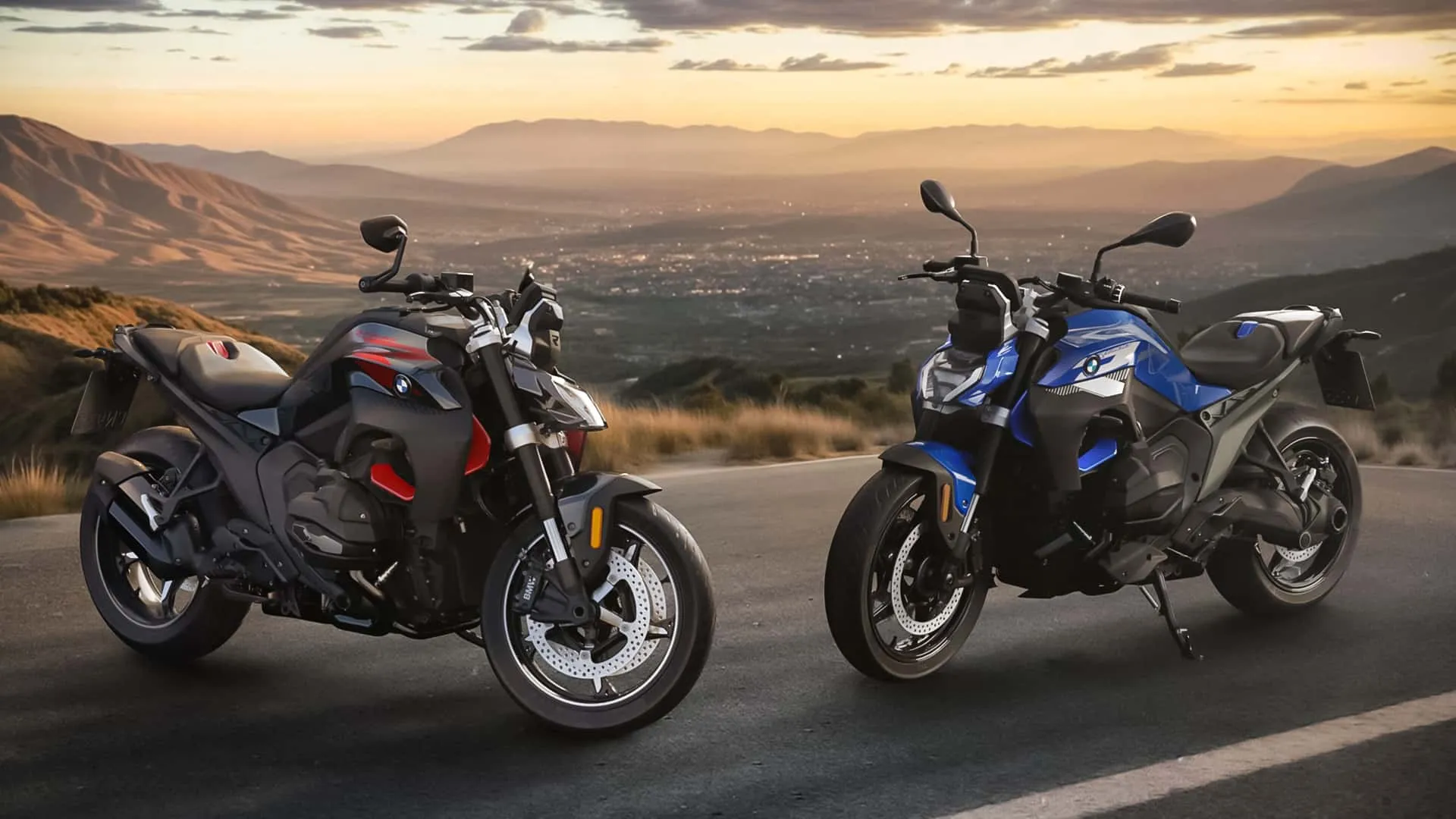
The bike looks more muscular and ready to conquer. It represents a clear evolution from the previous design, aiming for a more contemporary and aggressive look without losing the naked essence of the R line.
Versions for All Tastes: Standard, Performance, and Option 719
BMW wouldn’t just leave you with one option, would they? The R 1300 R comes in different “flavors”:
BMW R 1300 R 2025 Options
- Standard: The entry-level model. Focuses on versatility and comes well equipped (Dynamic ESA, TFT). More “affordable” pricing (important quotes here).
- Performance: For those seeking more sportiness. Comes with sports suspension (higher), lower handlebars, adjustable footpegs, exclusive paint, and the Dynamic package (DSA, ASA, Pro Modes).
- Option 719 Kilauea: The “fancy” edition. Focused on premium finishes and exclusivity, with special paint, distinctive wheels, and machined parts. Technically the same as the Performance model but with more flair (and price).
The choice depends on your budget and your goals. The Standard is already an excellent bike. The Performance spices things up for those who enjoy a sportier ride. The Option 719 is for those who want to stand out and aren’t afraid to pay (well) more for that.
R 1300 R vs. R 1250 R: What Really Changed?
The R 1300 R is not just an R 1250 R with a bigger engine. The changes are significant and go beyond just more power.
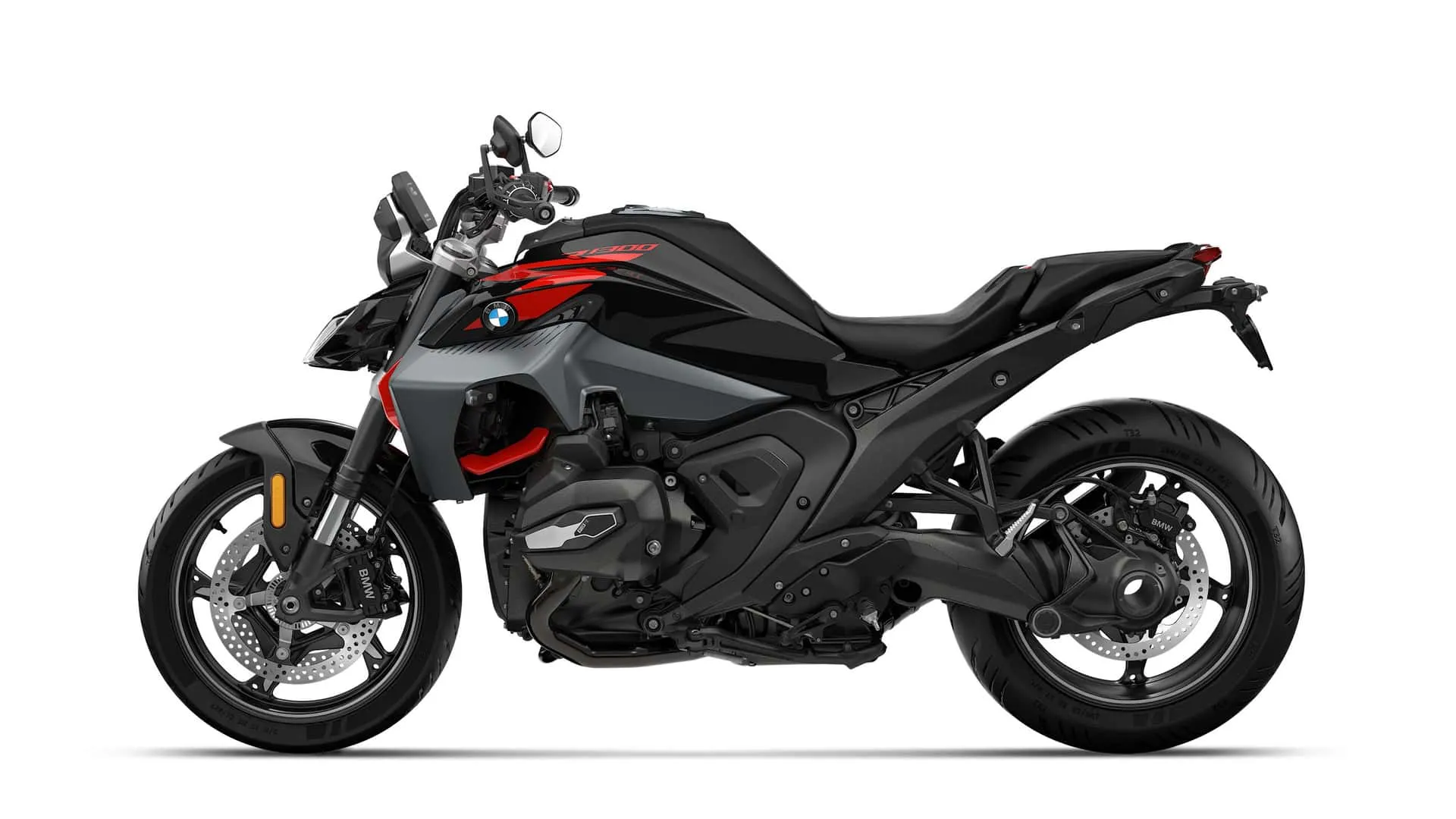
Quick Comparison: R 1300 R vs. R 1250 R
| Feature | BMW R 1300 R (2025) | BMW R 1250 R (Previous) |
|---|---|---|
| Engine | 1300cc, 145 hp, 149 Nm | 1254cc, 136 hp, 143 Nm |
| Chassis | Steel sheet + Aluminum subframe | Tubular steel |
| Weight (Wet) | ~526 lbs (239 kg) | ~549 lbs (249 kg) |
| Top Optional Suspension | DSA (Spring rate adjustment) | Dynamic ESA Next Gen |
| Optional Transmission | ASA (Automatic) | Shift Assistant Pro (Quickshifter) |
| Radar Technology | Optional (ACC, FCW) | Not available |
Beyond the numbers, the new R 1300 R promises to be more agile due to the weight reduction (~22 lbs) and the new stiffer chassis. The introduction of ASA and DSA are significant technological leaps. The design has also been significantly modernized.
Titan Showdown: R 1300 R vs. Competition
The R 1300 R is stepping into a fiercely competitive naked premium segment.
Rivals of the BMW R 1300 R
- Ducati Monster SP: Lighter (~410 lbs vs 526 lbs), more agile with a lively V2 engine. Loses comfort for long trips and features like radar and DSA. Competitive pricing.
- Triumph Speed Triple 1200 RS: More powerful (180 hp vs 145 hp) and equipped with high-quality Öhlins suspension. BMW counters with its advanced ASA and DSA. A good fight in terms of price and concept.
- Others (KTM 1290 Super Duke R, Yamaha MT-10 SP): Each has its advantages, whether it’s raw power (KTM) or unique CP4 engine (Yamaha).
The R 1300 R focuses on balancing robust boxer performance, above-average comfort for a naked bike, cutting-edge technology (especially DSA and ASA), and BMW’s renowned build quality. It may not be the lightest or most powerful, but it might just be the most complete and versatile for riders who don’t live solely on the racetrack.
Pros and Cons: Is It Worth the Investment?
Let’s get straight to the point. No bike is perfect, and the R 1300 R has its ups and downs.
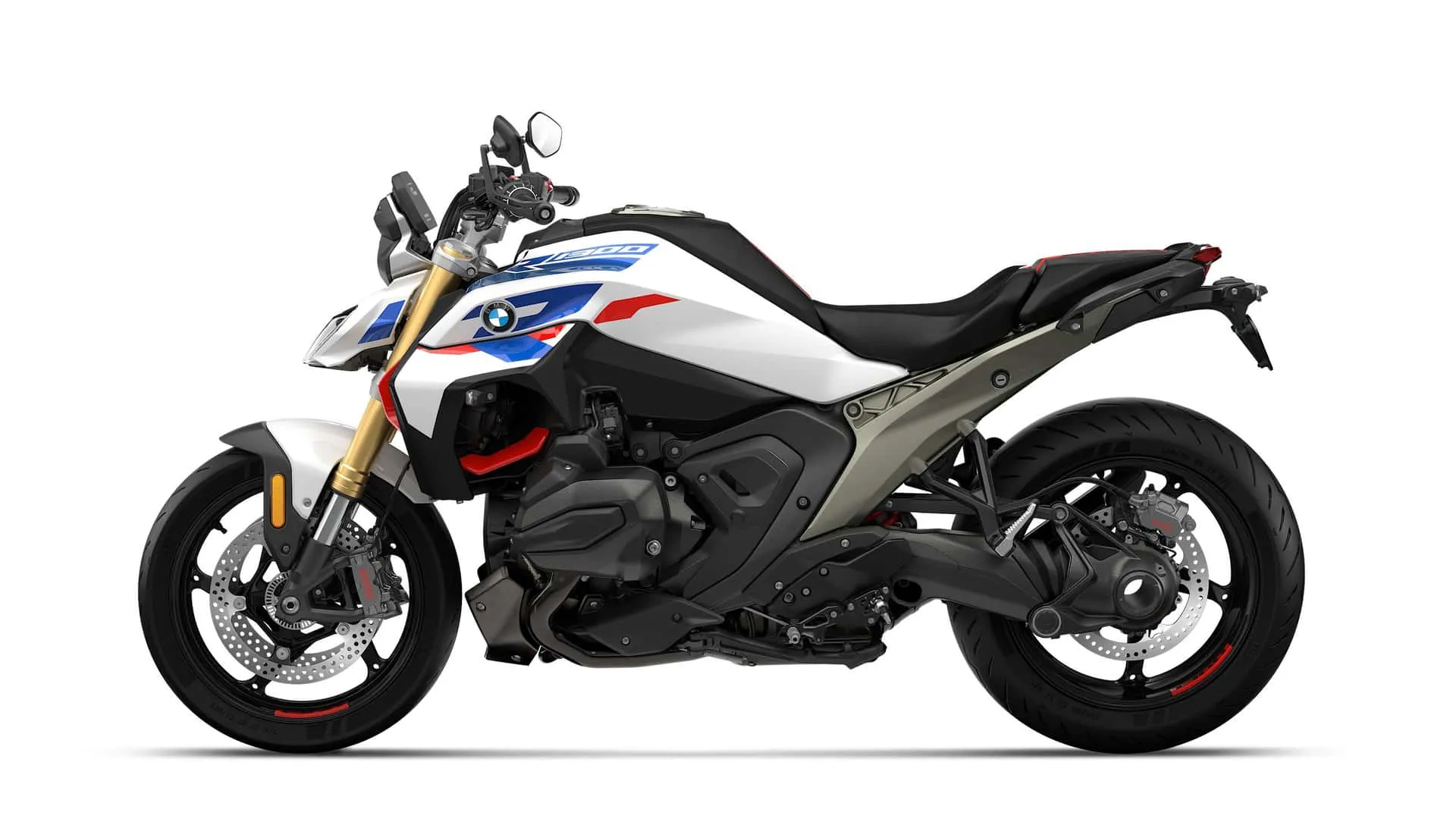
Positive Points of the BMW R 1300 R
- Powerful Boxer Engine: Brutal torque at low and mid-range, smooth yet powerful.
- Cutting-Edge Technology: DSA, ASA, radar… it’s almost a luxury car on two wheels.
- Surprising Comfort: Good (adjustable) ergonomics and electronic suspension (ESA/DSA).
- Versatility: Works well in the city, on the road, and for short trips.
- BMW Build Quality: First-rate materials and construction.
Negative Points of the BMW R 1300 R
- High Weight: 526 lbs (239 kg) is still substantial for a naked bike. A diet wouldn’t hurt!
- Steep Price: Both for the bike and its options (get ready to spend!).
- Maintenance Costs: Owning a BMW comes with a price when it’s time for service.
- Complexity: So much electronics might intimidate some and could lead to issues (and costs) down the line.
- Pure Agility: Lighter competitors may feel more fun during a very sporty ride.
Ultimately, the R 1300 R presents itself as an extremely competent package. It’s a significant evolution over the R 1250 R, bringing more power, more technology, and a refreshed look. If you’re looking for a premium naked bike that is powerful, comfortable, technologically advanced, and versatile, it’s a strong contender. But be prepared to open your wallet.
Summary Technical Specifications (For the Nerds!)
If you love numbers, here’s a quick summary of the key specifications.
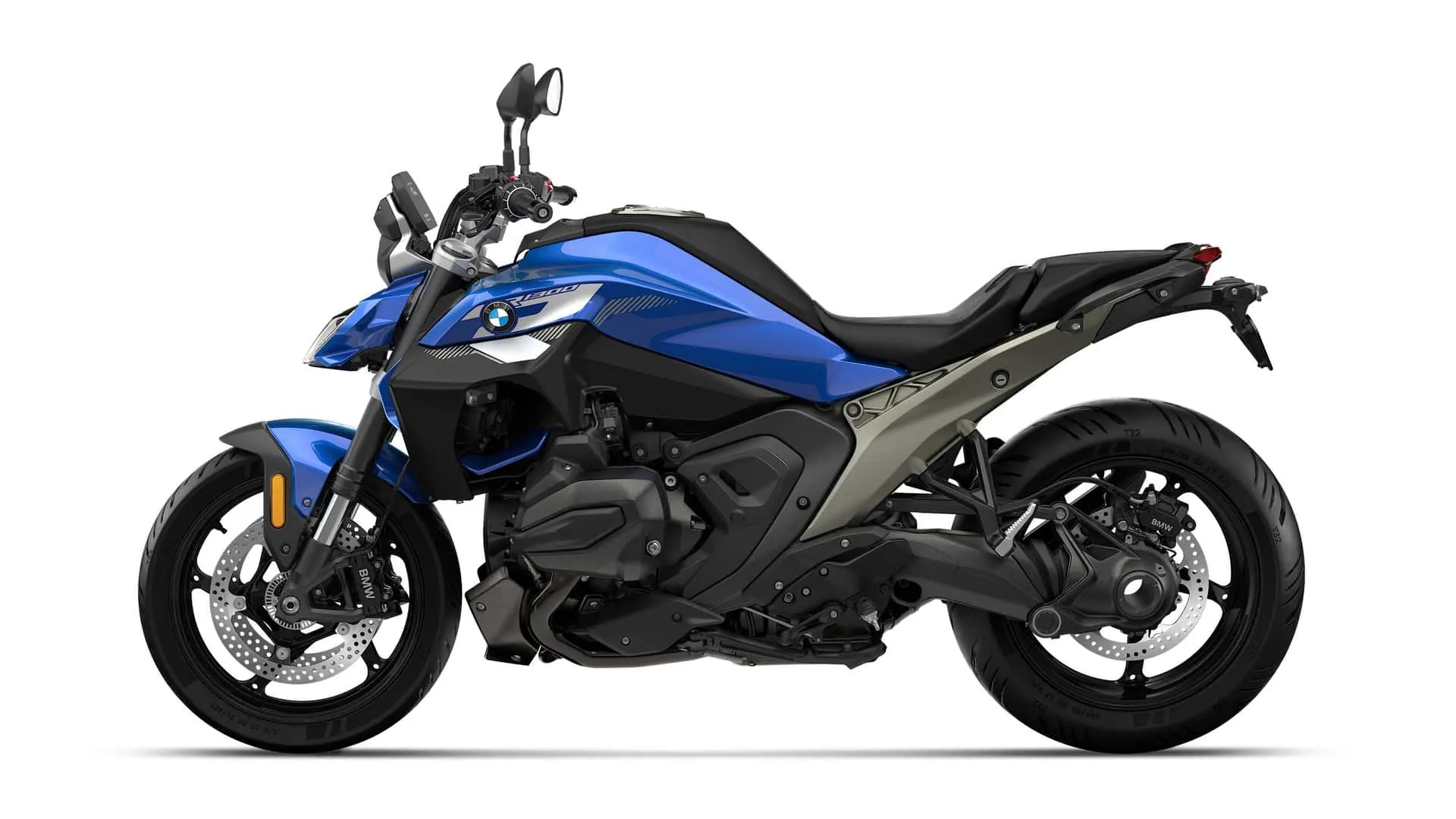
Key Specifications of the BMW R 1300 R (2025)
| Item | Specification |
|---|---|
| Engine | Boxer, 1300 cc, ShiftCam |
| Power | 145 hp @ 7,750 rpm |
| Torque | 149 Nm @ 6,500 rpm |
| Weight (Wet) | 526 lbs (239 kg) |
| Seat Height | 32.3 inches (820 mm, options 31.1 to 33.5 inches) |
| Fuel Tank | 4.5 gallons (17 liters) |
| Suspension (Standard) | Dynamic ESA Electronic |
| Estimated Price (Base) | ~$16,600 / ~€15,200 (Europe) |
Note: Prices are base estimates and can vary significantly with taxes and options. Please consult your local dealer.
Frequently Asked Questions (FAQ)
- What is the ASA (Automated Shift Assistant)? It’s an optional system that allows for automatic or semi-automatic shifts without using the clutch.
- Does the DSA (Dynamic Suspension Adjustment) come standard? No, the Dynamic ESA comes standard. The DSA, which electronically also adjusts spring preload, is an option (usually included in the Dynamic package).
- What is the main difference between the R 1300 R and the R 1250 R? More powerful engine (145 hp vs 136 hp), new chassis, reduced weight, updated design, and new optional technologies like ASA and DSA.
- Is the BMW R 1300 R good for beginners? Due to its power and weight, it may not be ideal for absolute beginners. It’s a powerful premium bike, better suited for riders with some experience.
- How much will the BMW R 1300 R cost in Brazil? There is no official price yet, but initial estimates (based on conversions and taxes) suggest starting around R$110,000 for the Standard version, which could increase significantly with options and in the Performance/719 versions.
The new BMW R 1300 R 2025 is undoubtedly a strong statement from the Bavarian brand in the naked segment. It’s a bike that thinks ahead, focusing on dynamics, technology, and everyday usability without sacrificing that aggressive edge. It’s not a complete revolution, but a well-executed enhancement that positions it at the top of the food chain among roadsters. So, what do you think of the new machine? Leave your thoughts in the comments below!
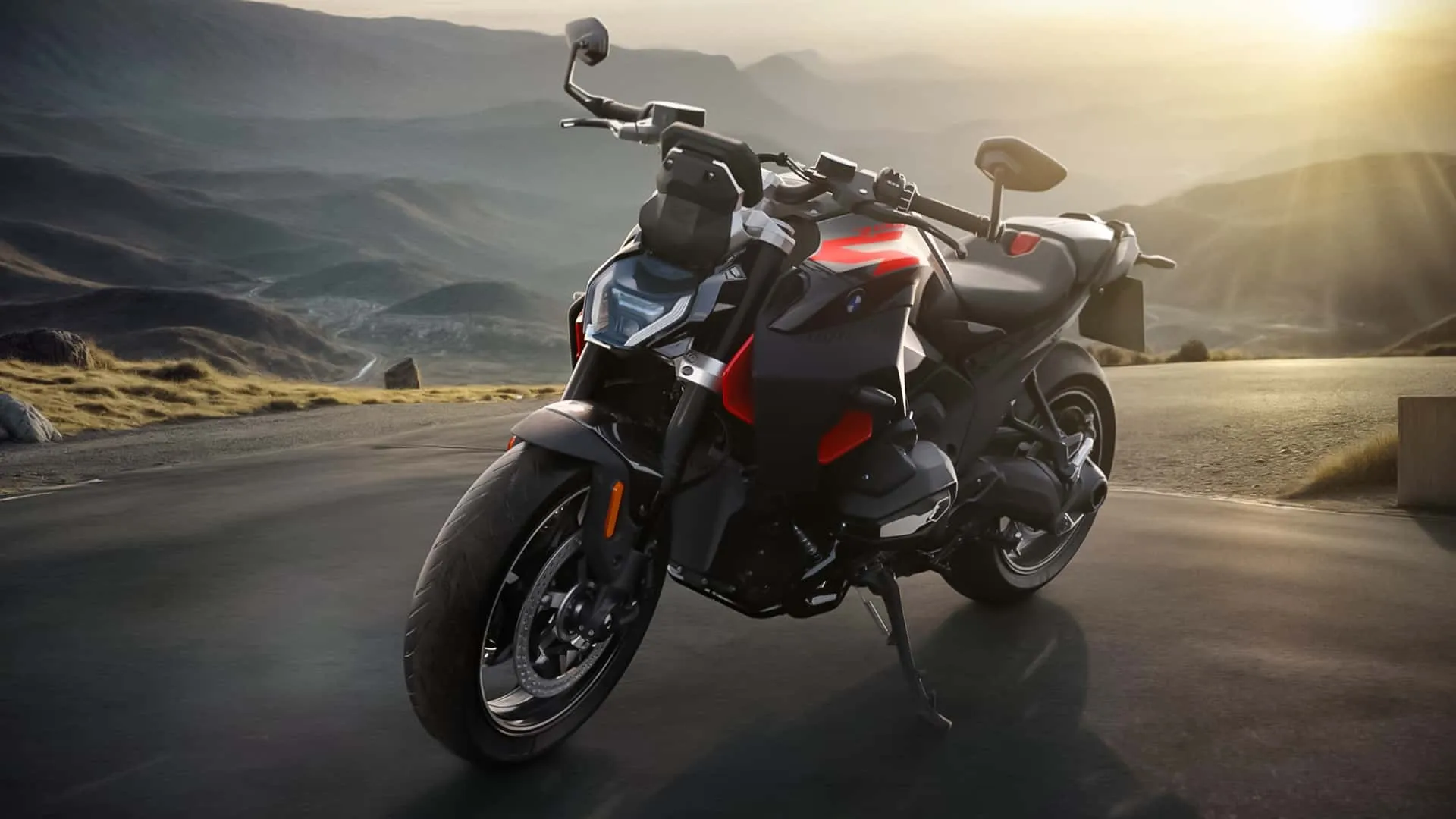

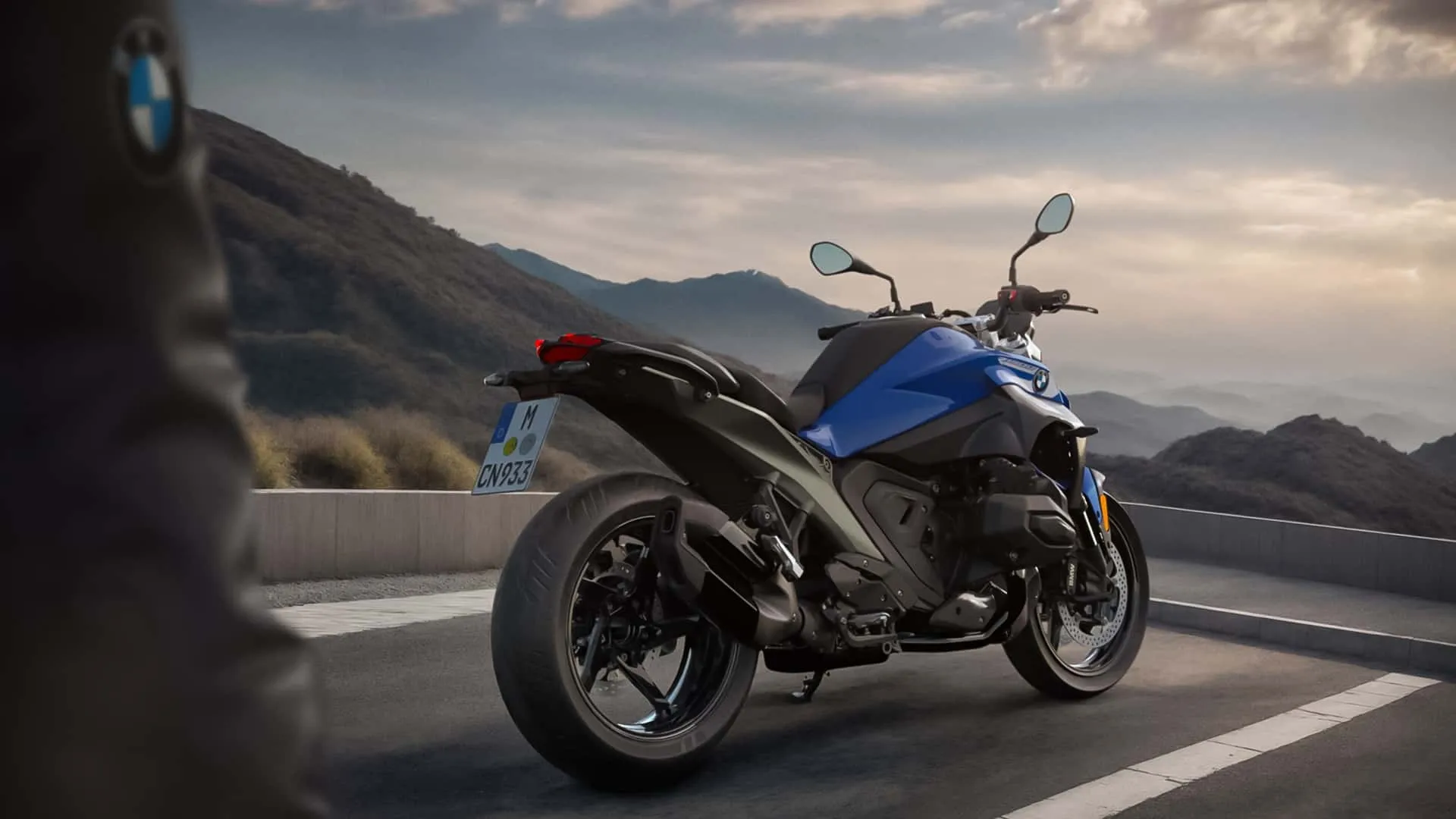
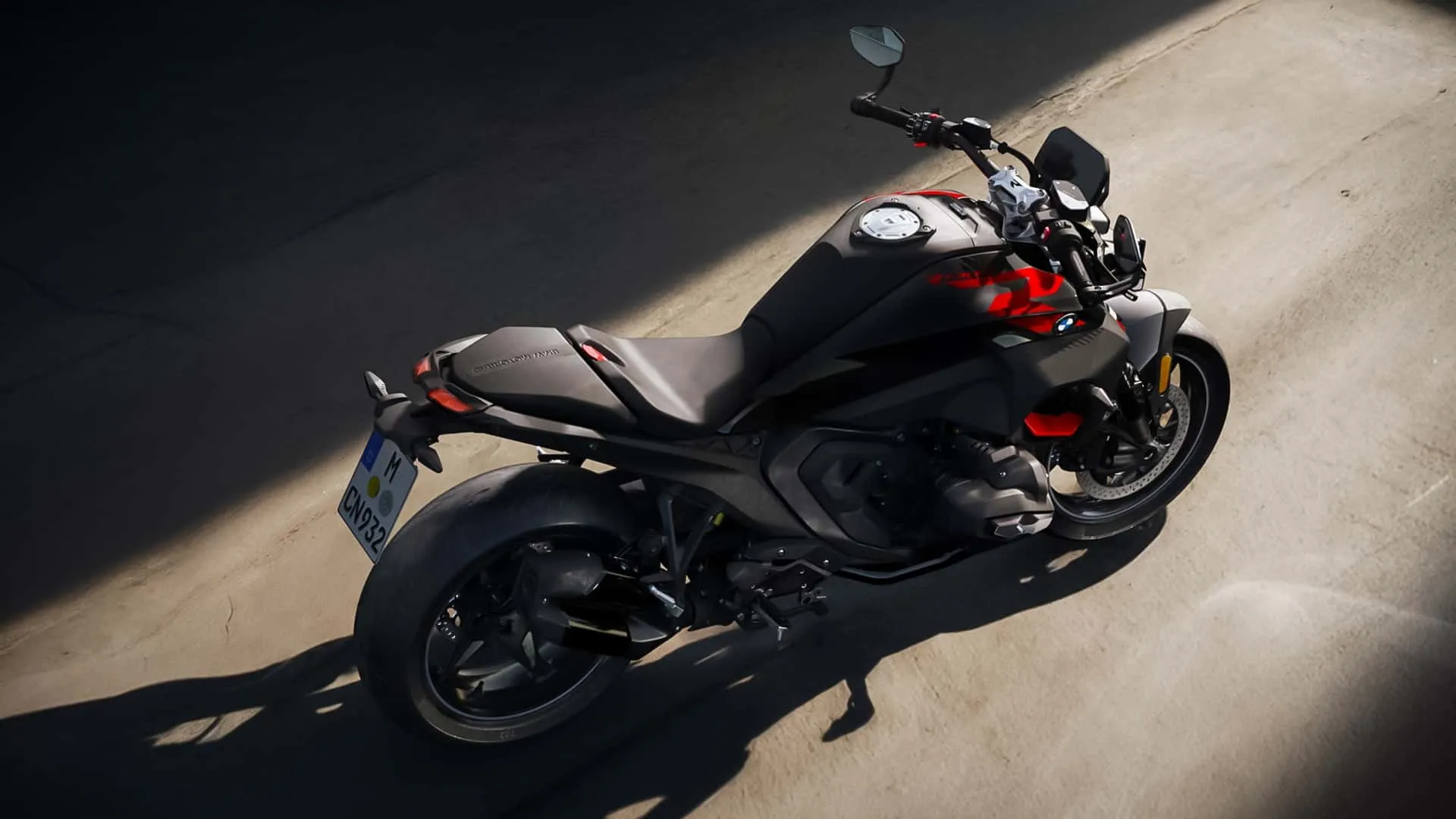
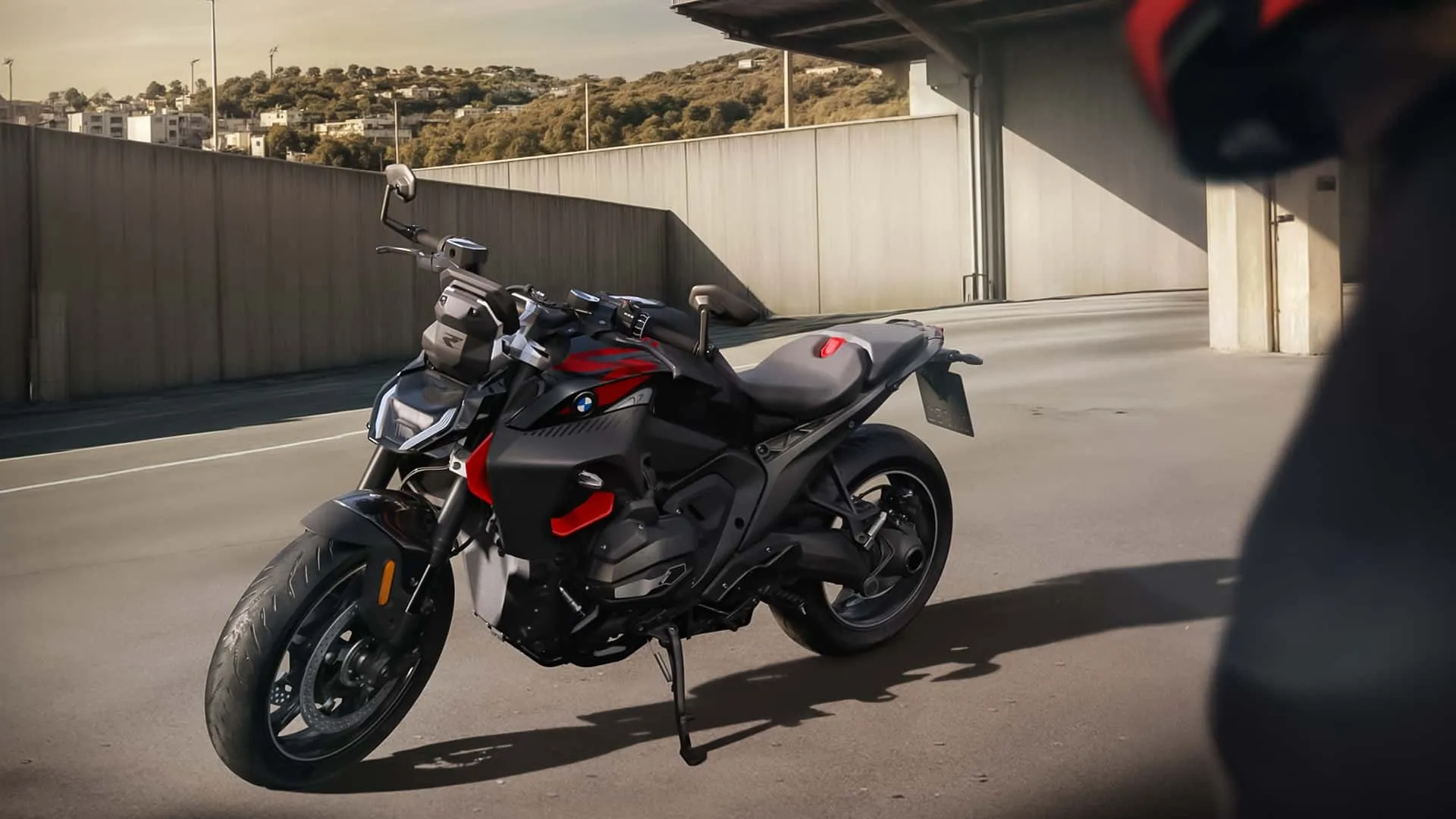
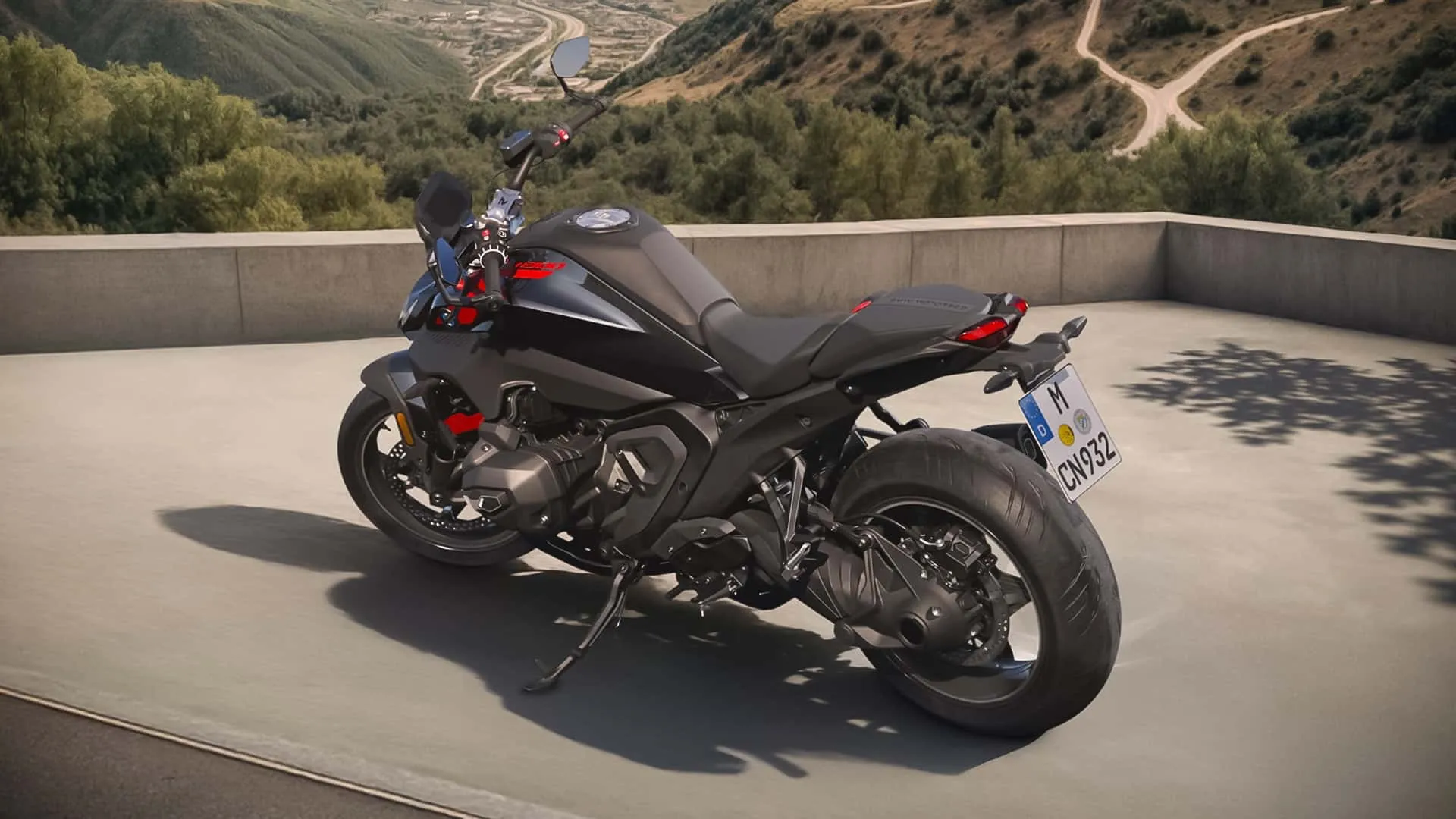

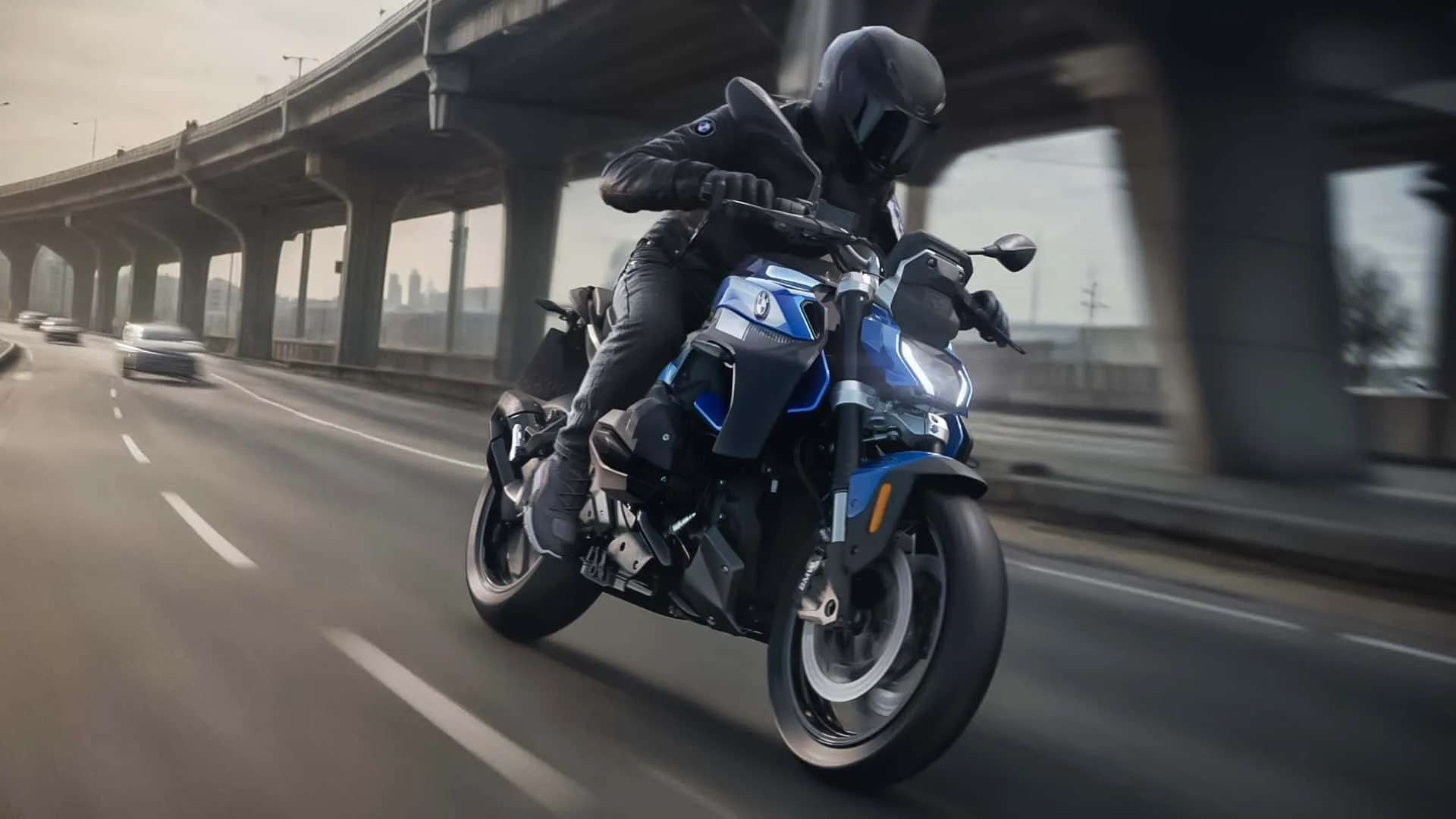
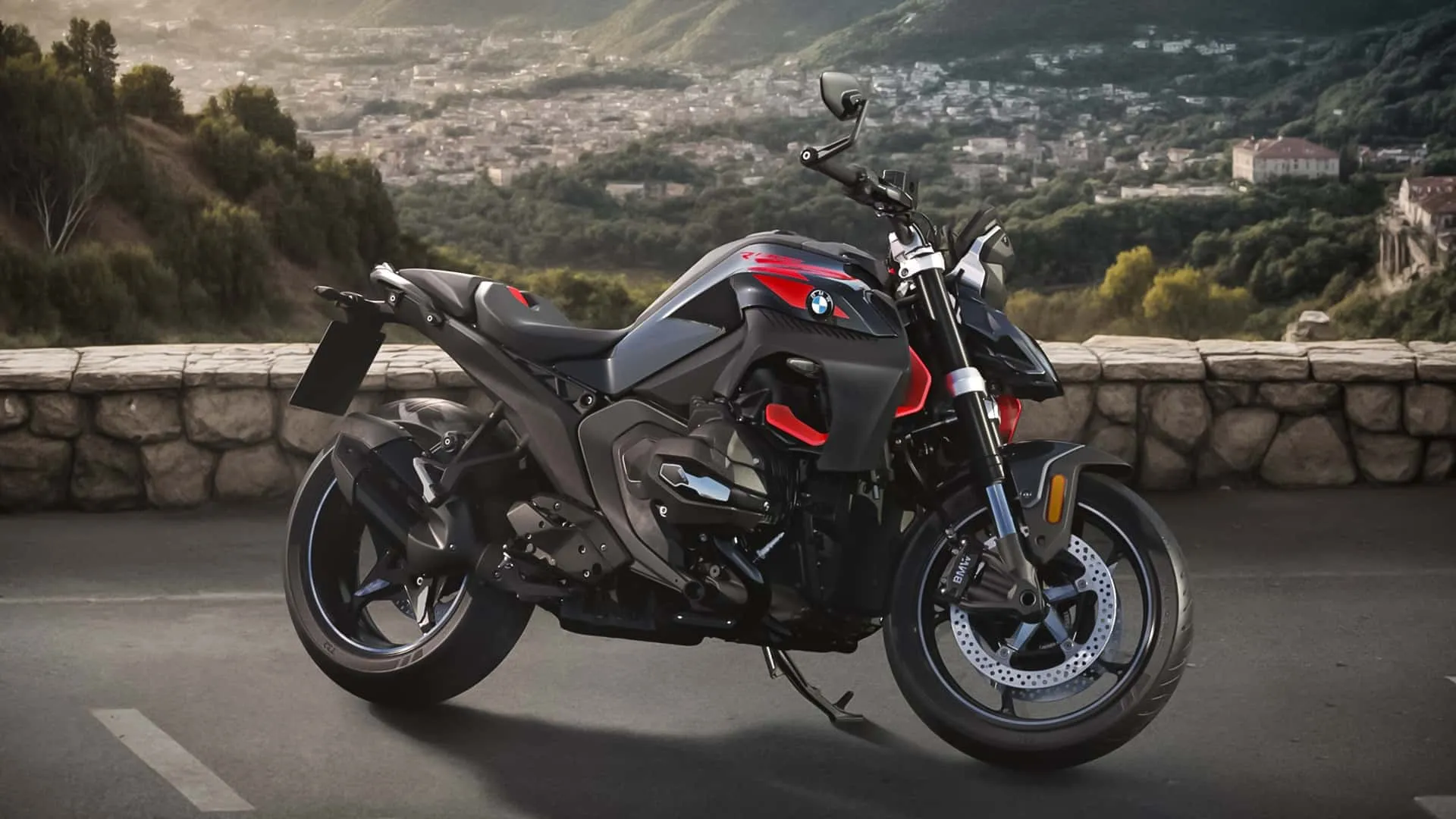
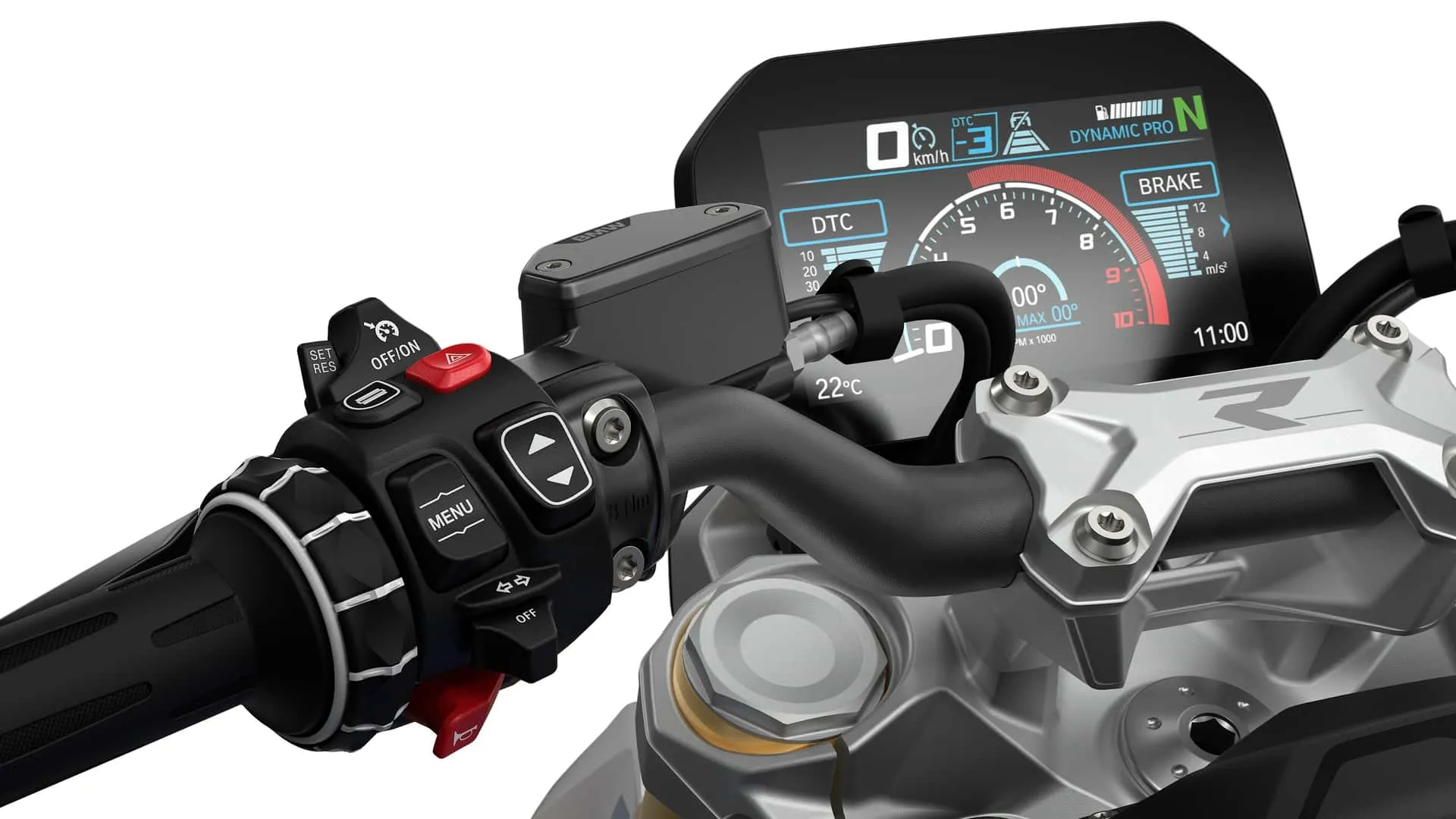
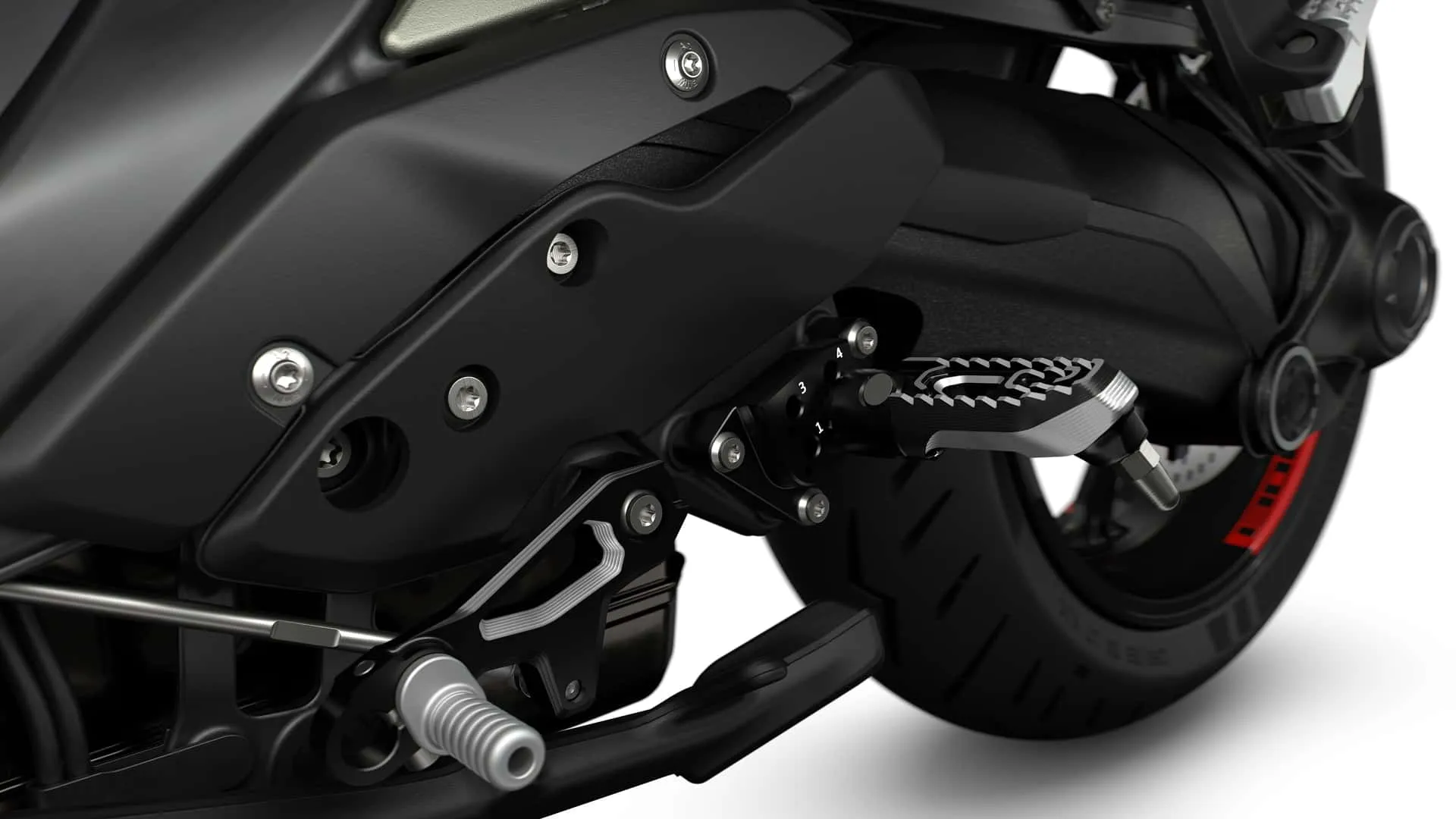
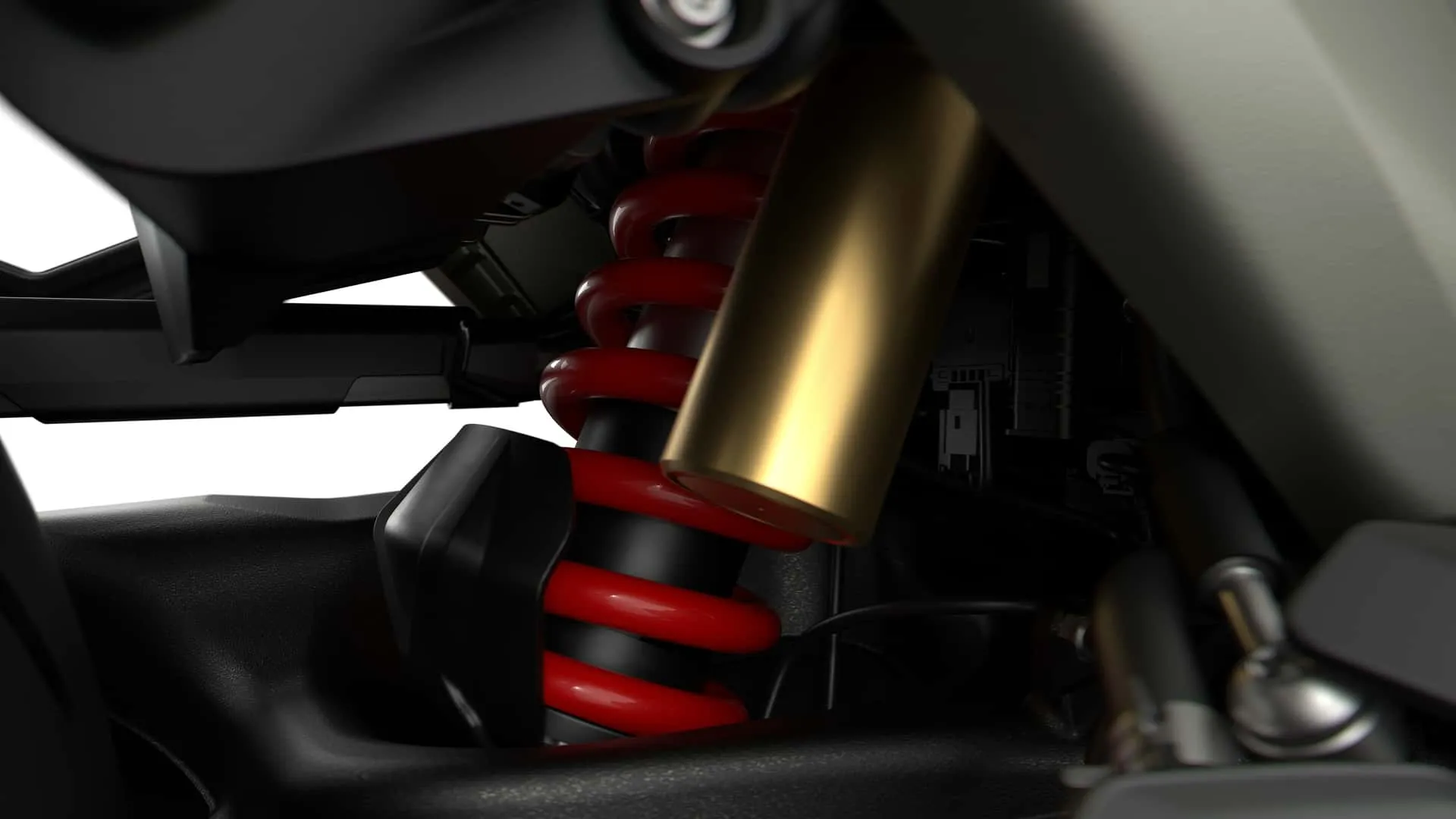
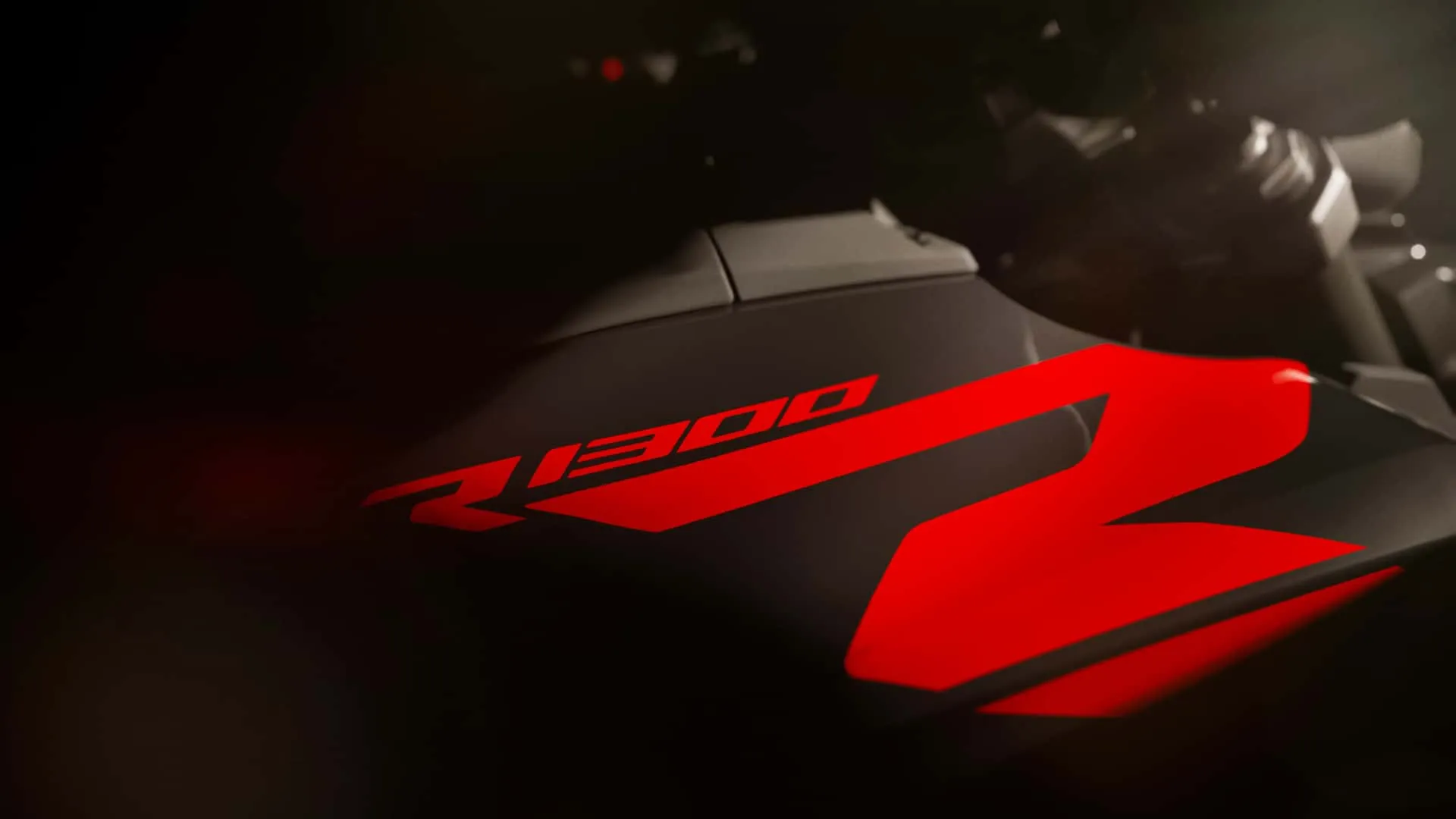
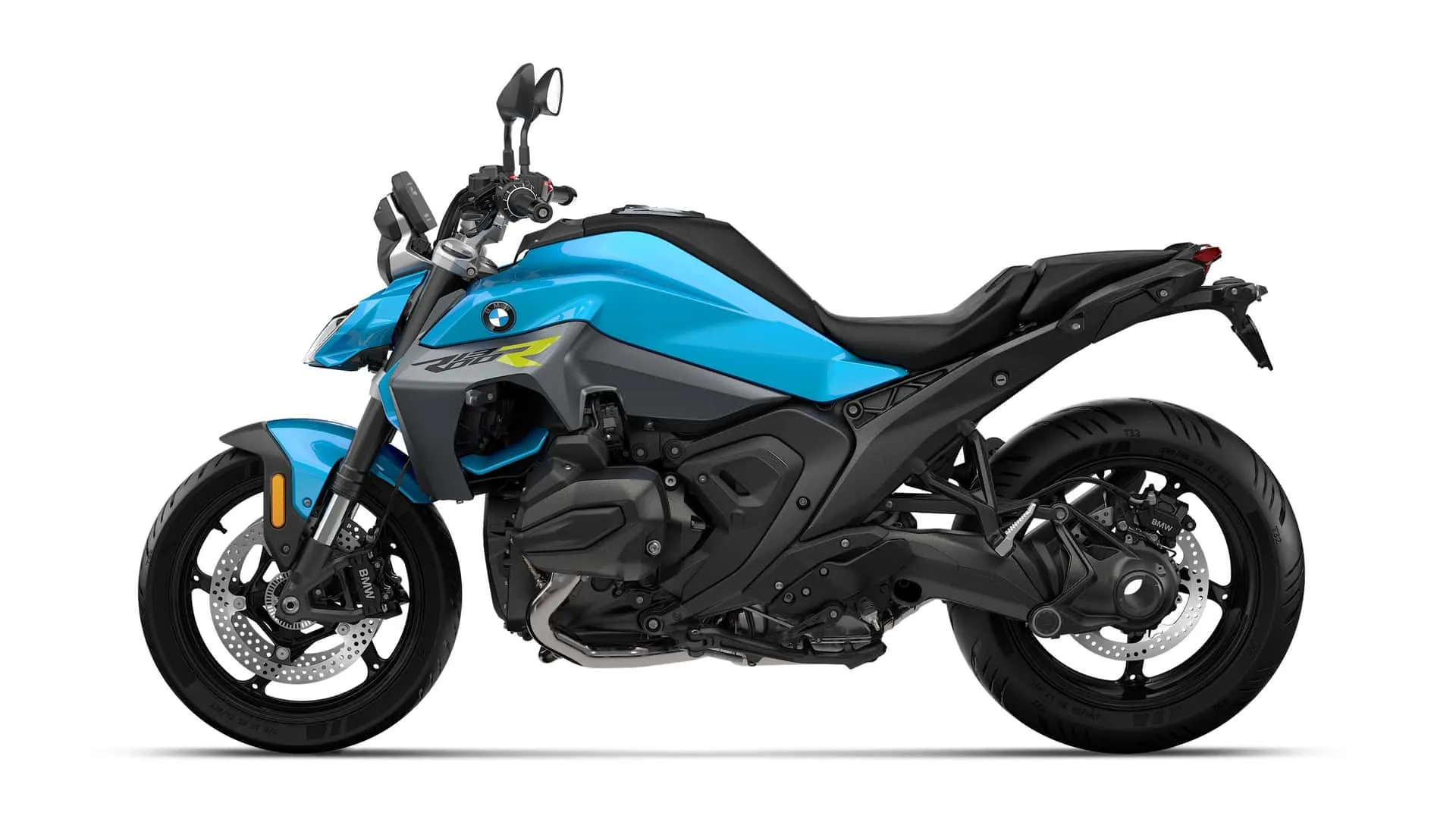
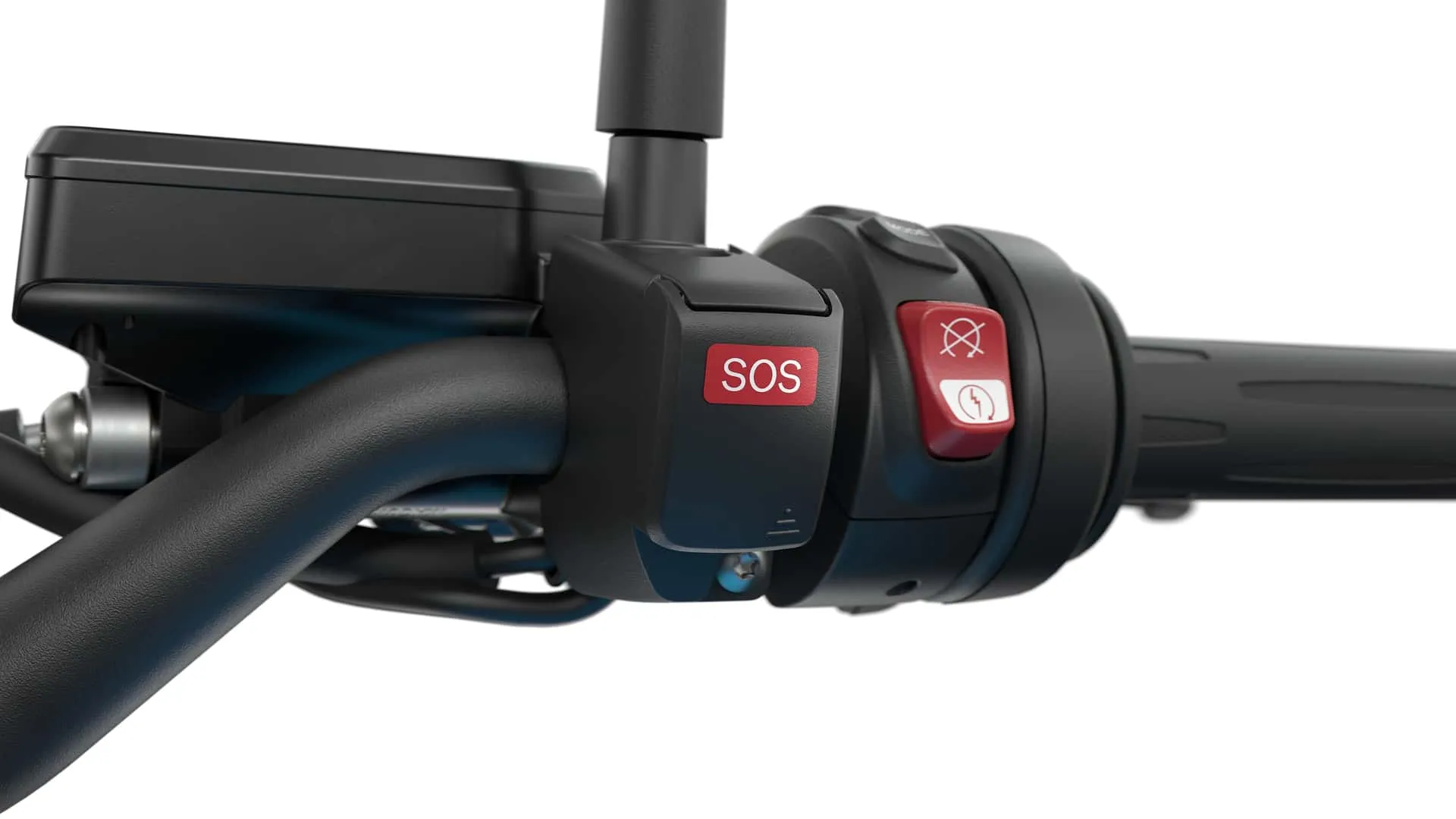
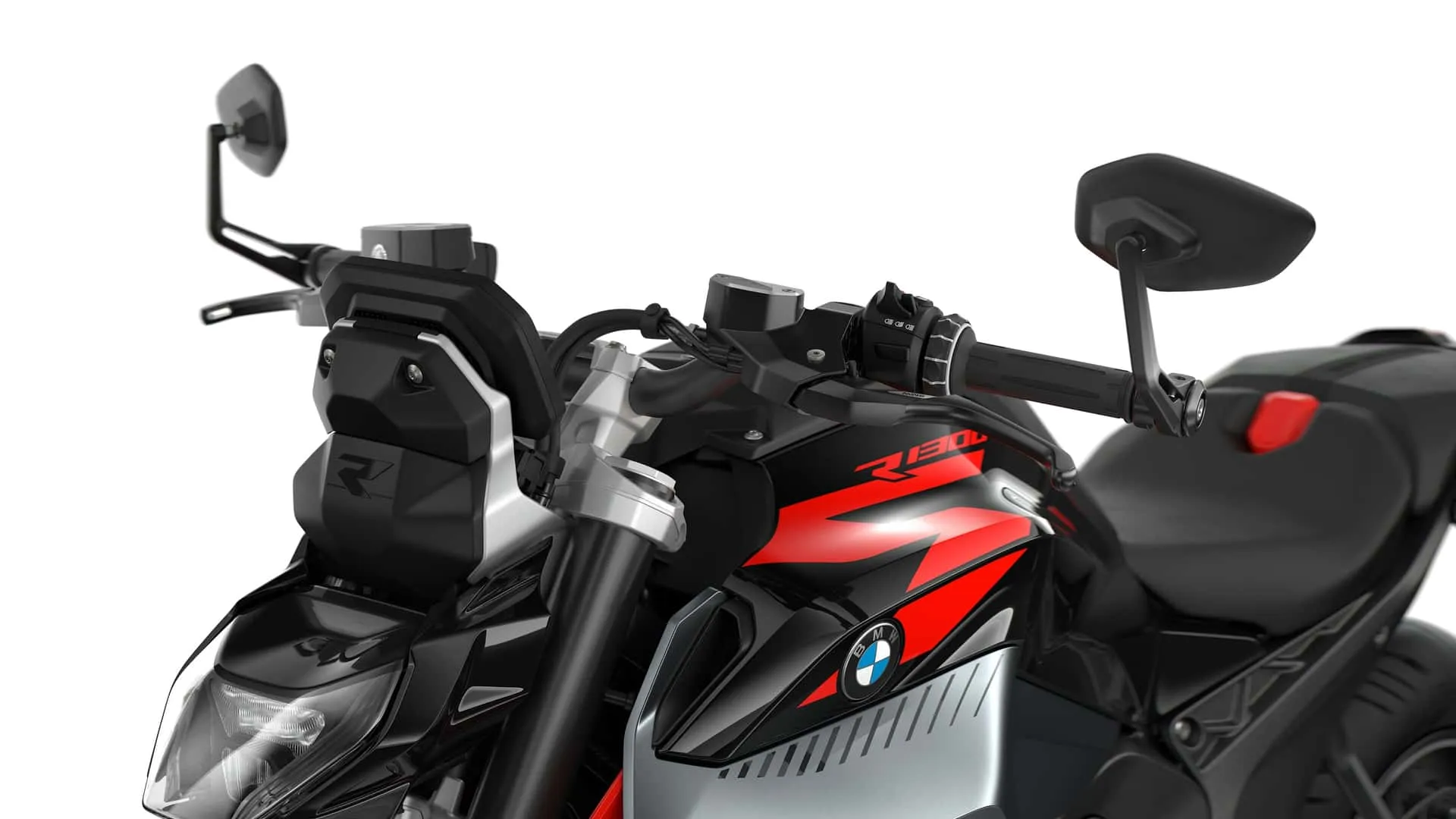
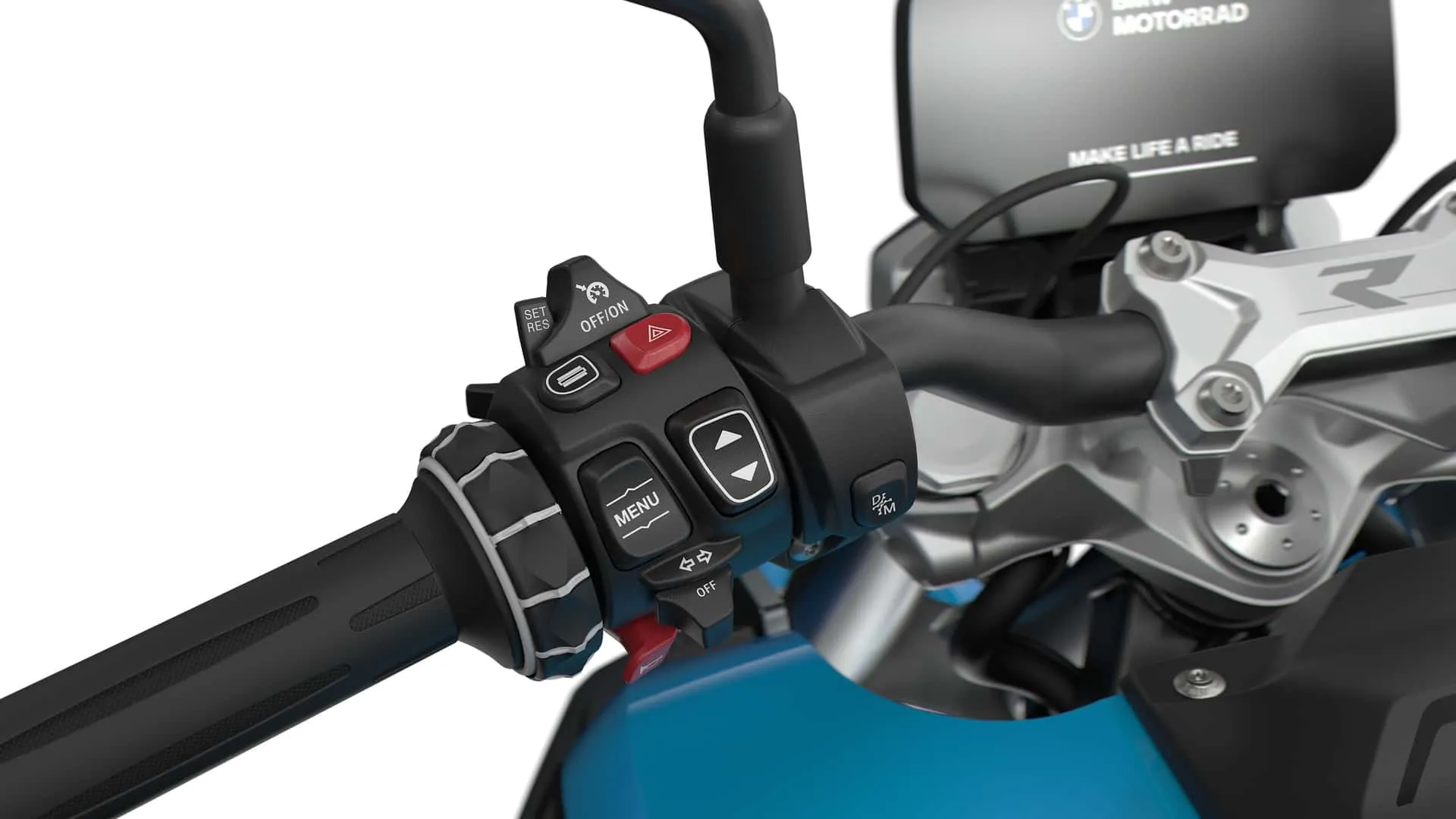
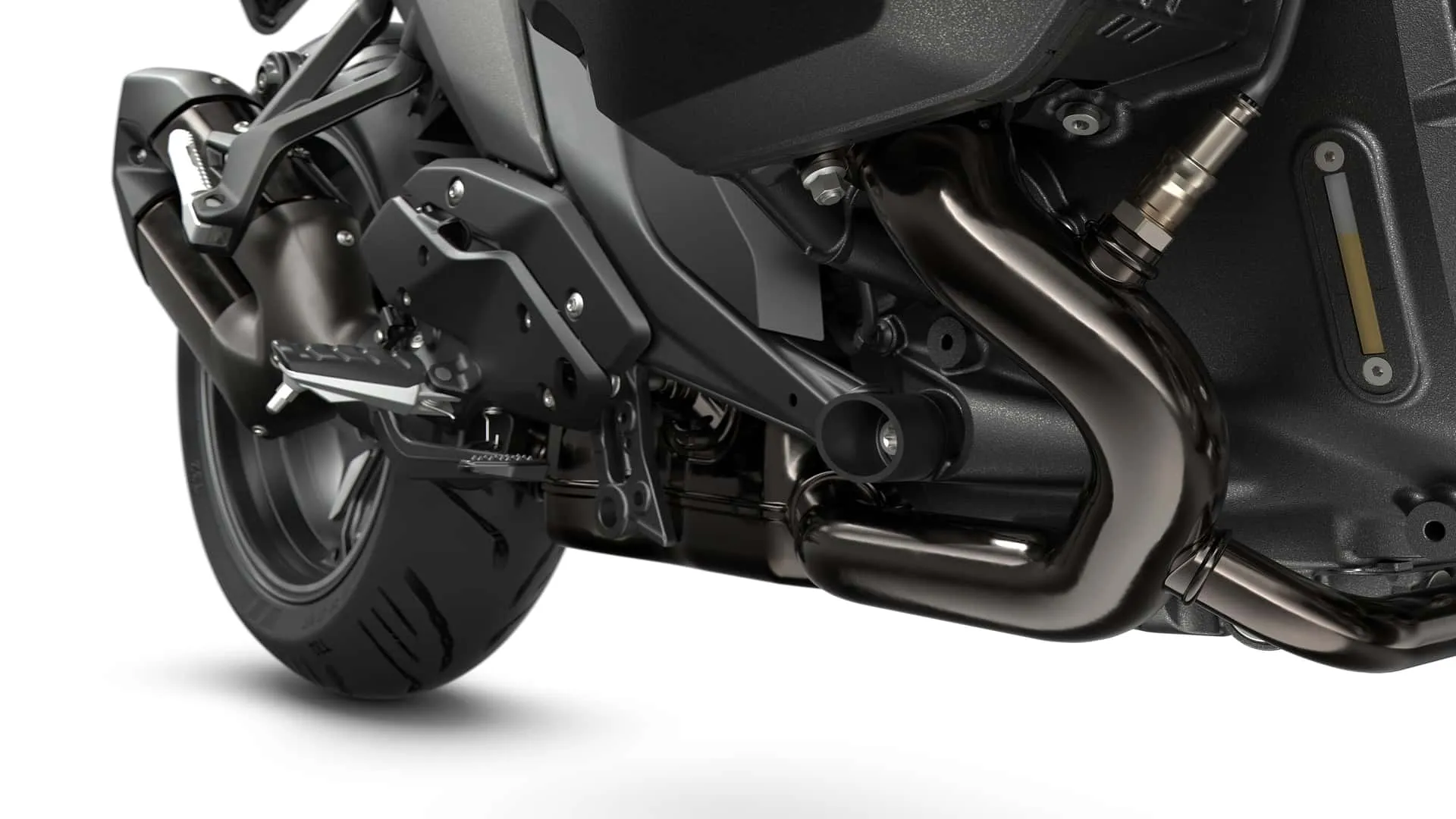
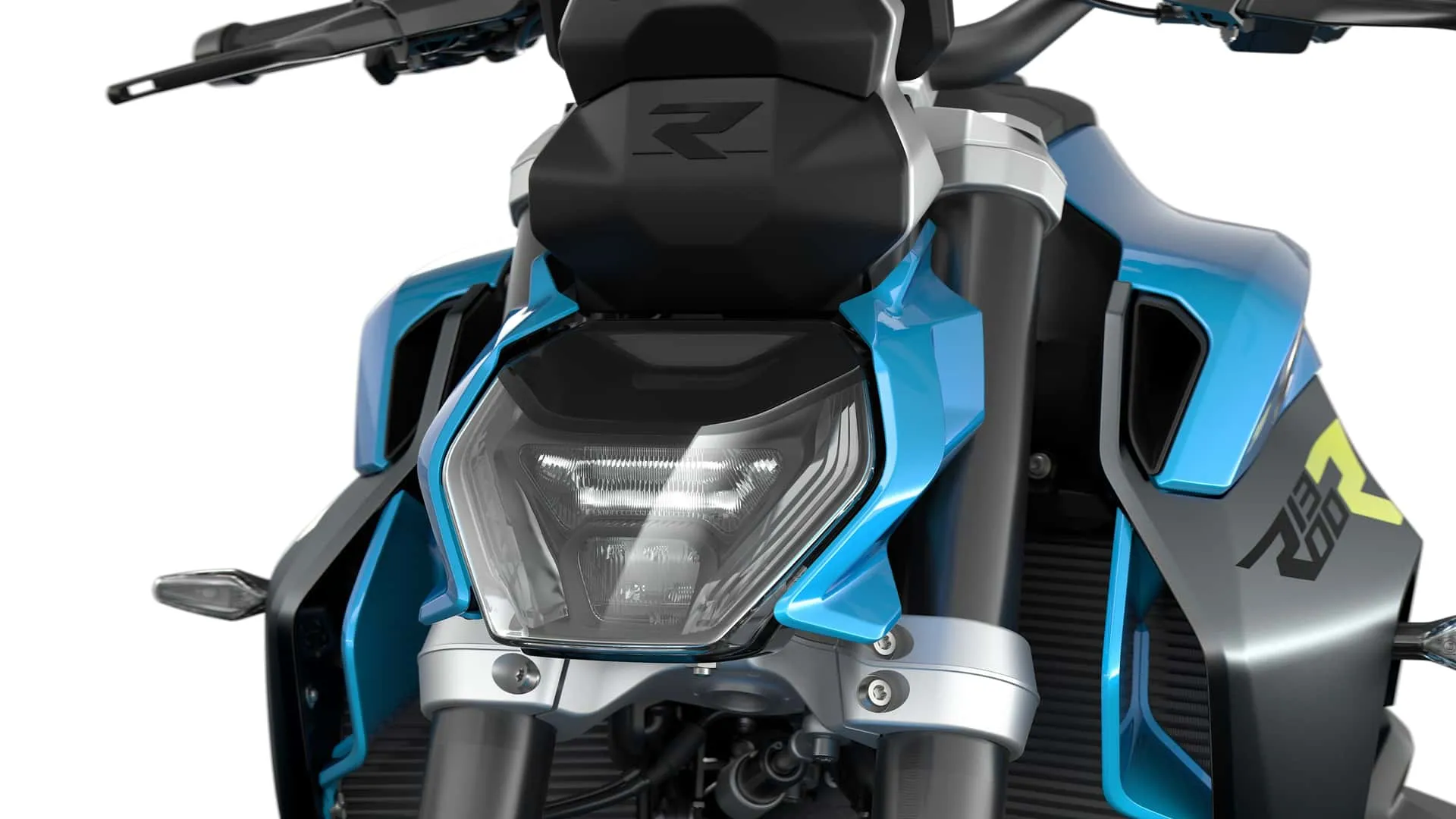
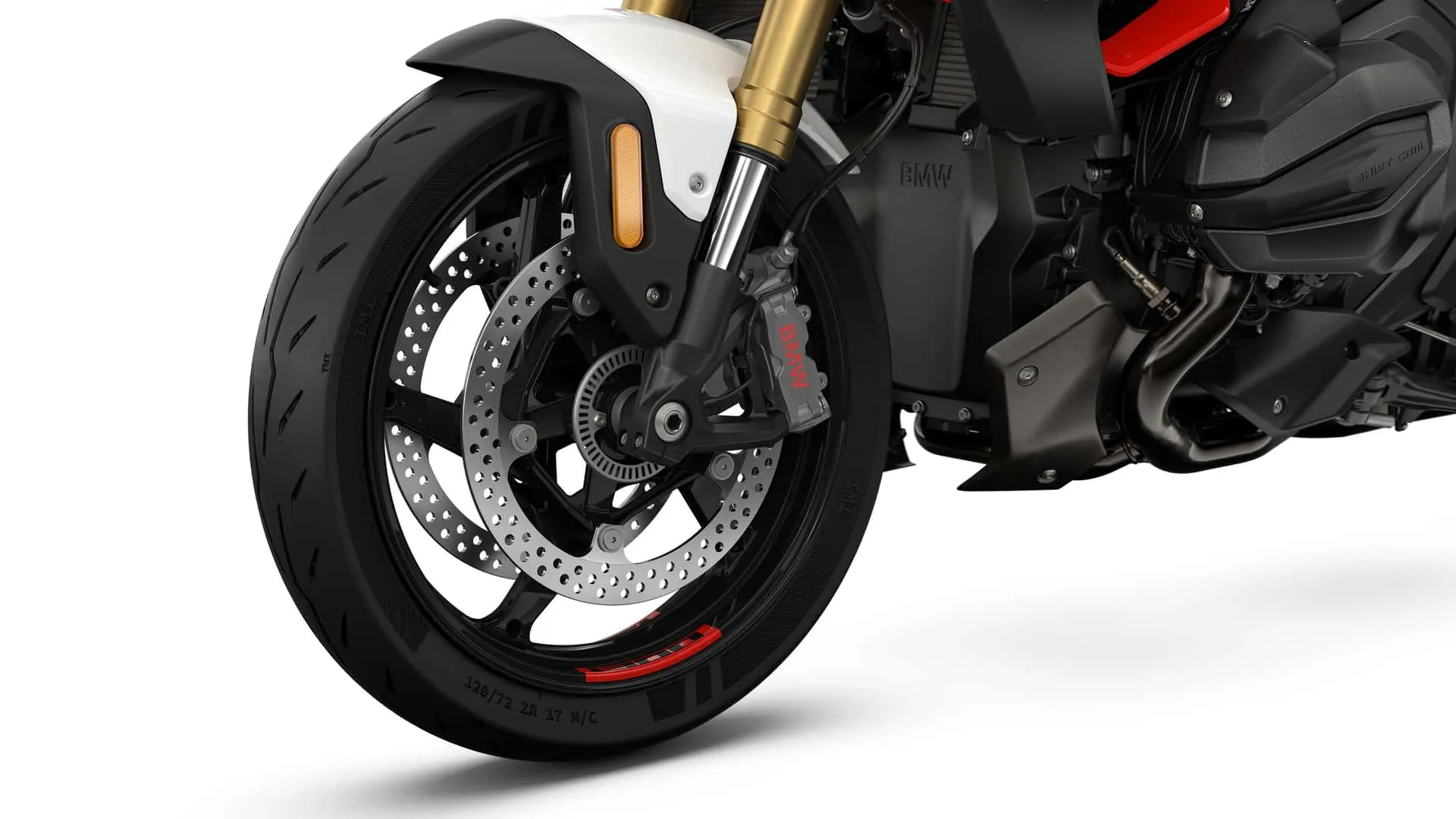
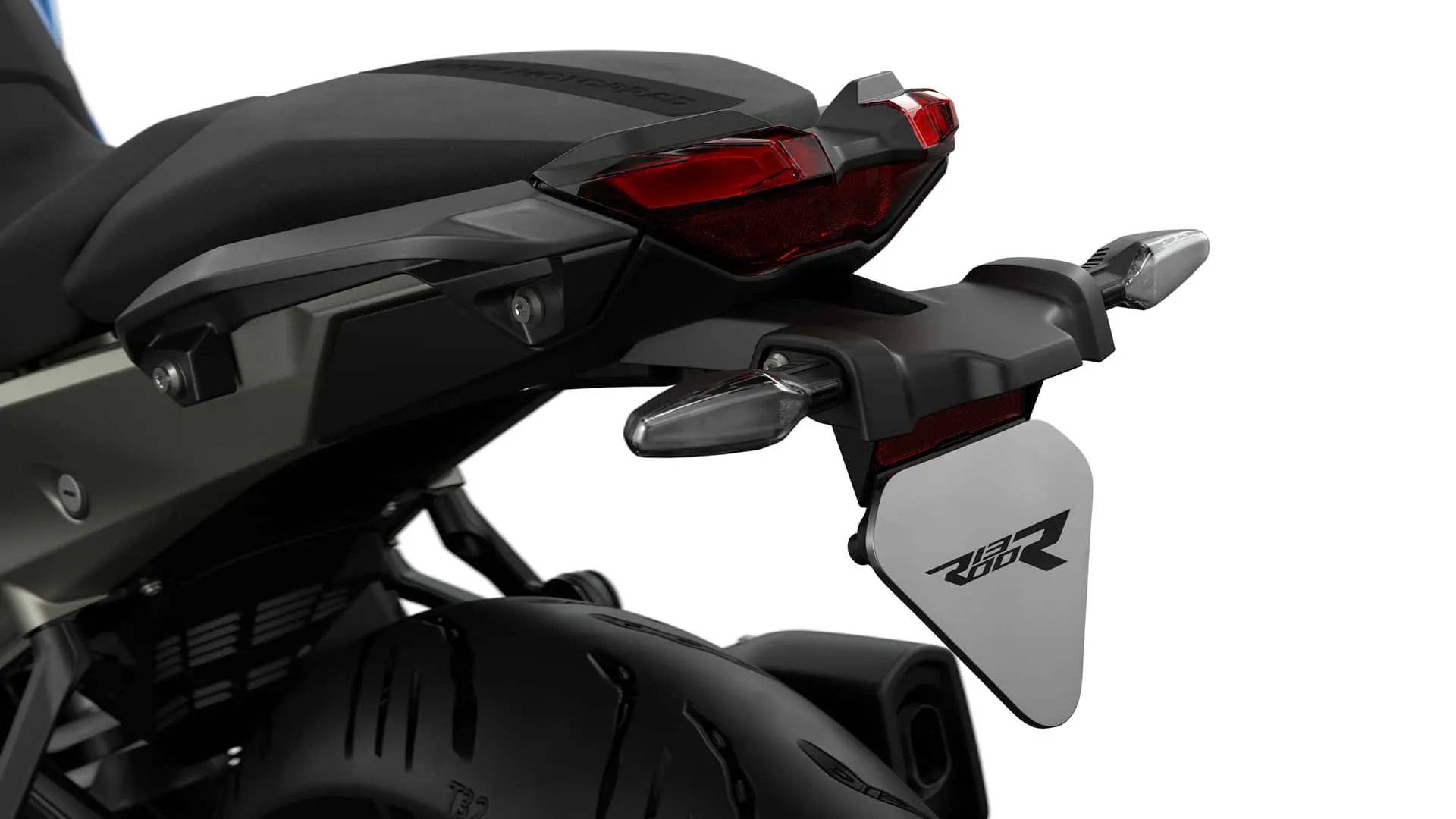
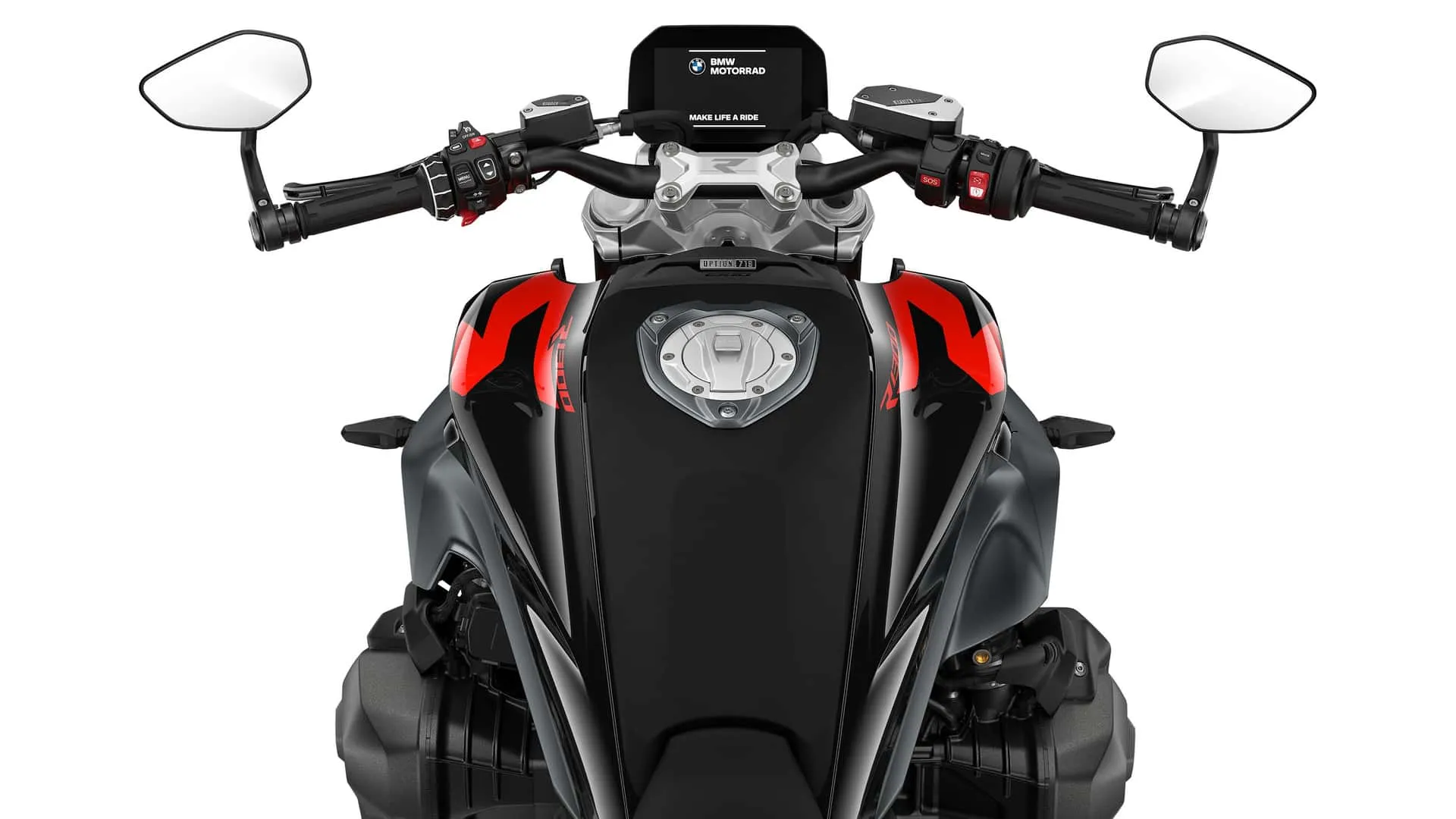

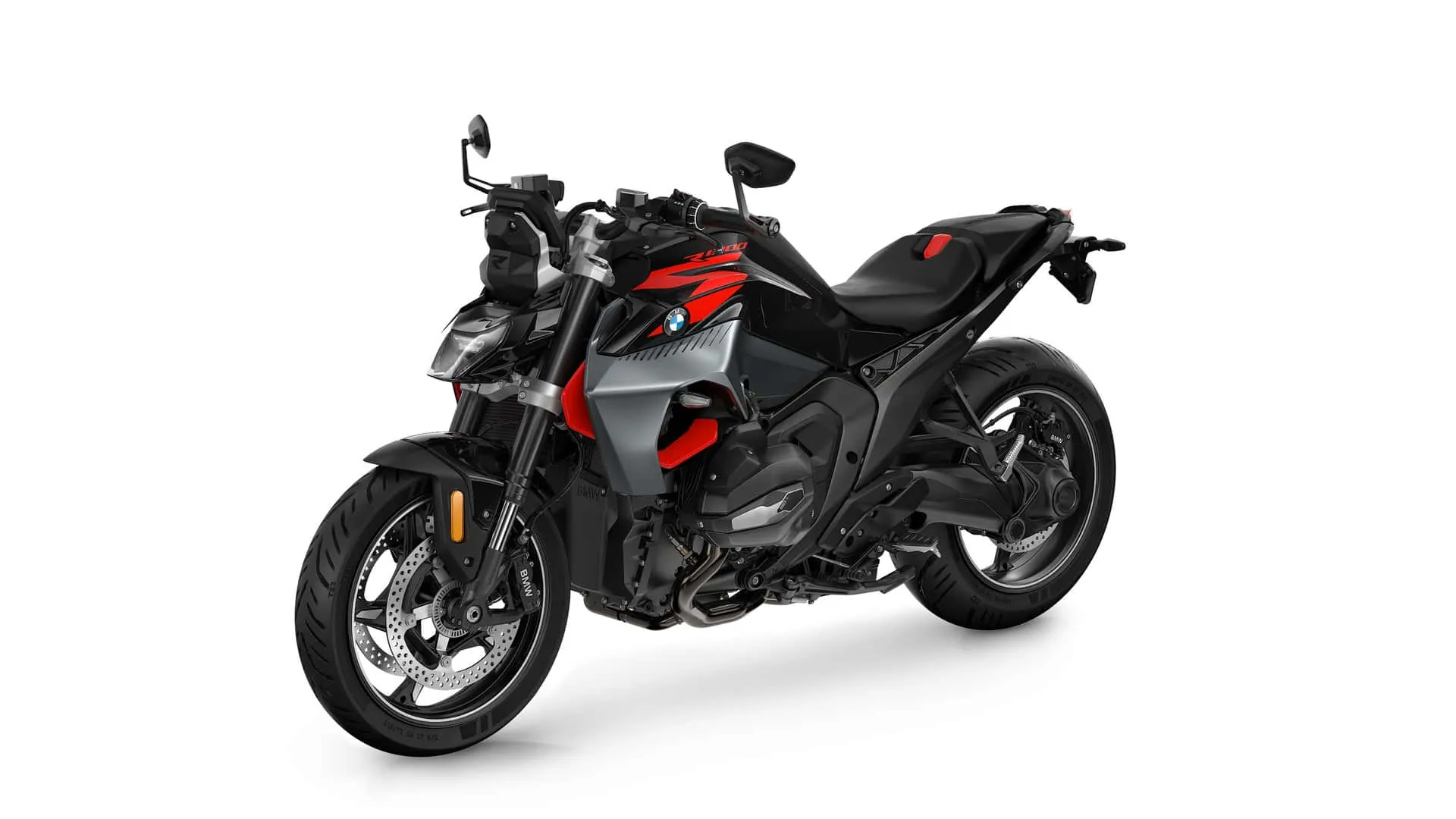
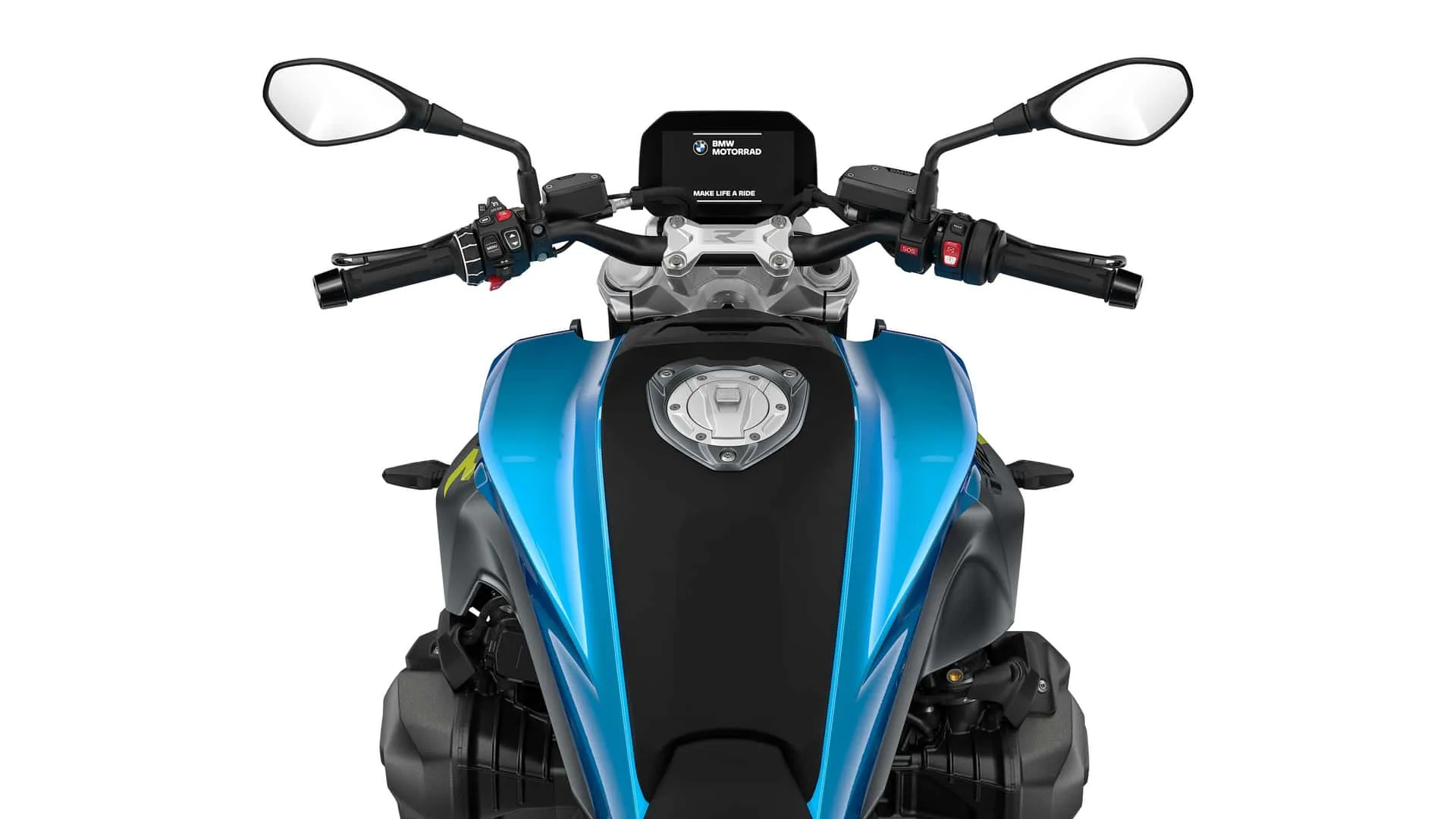

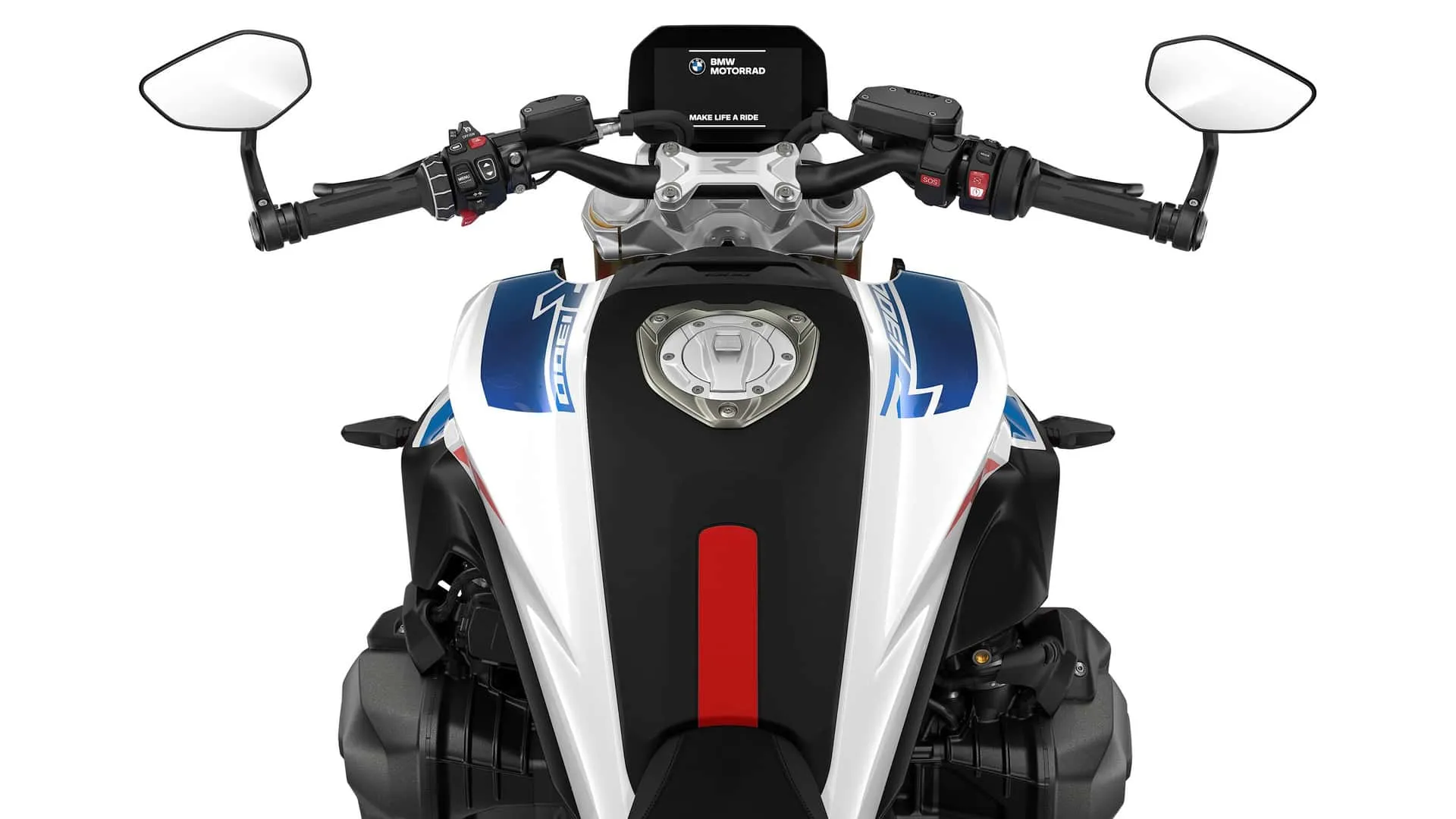

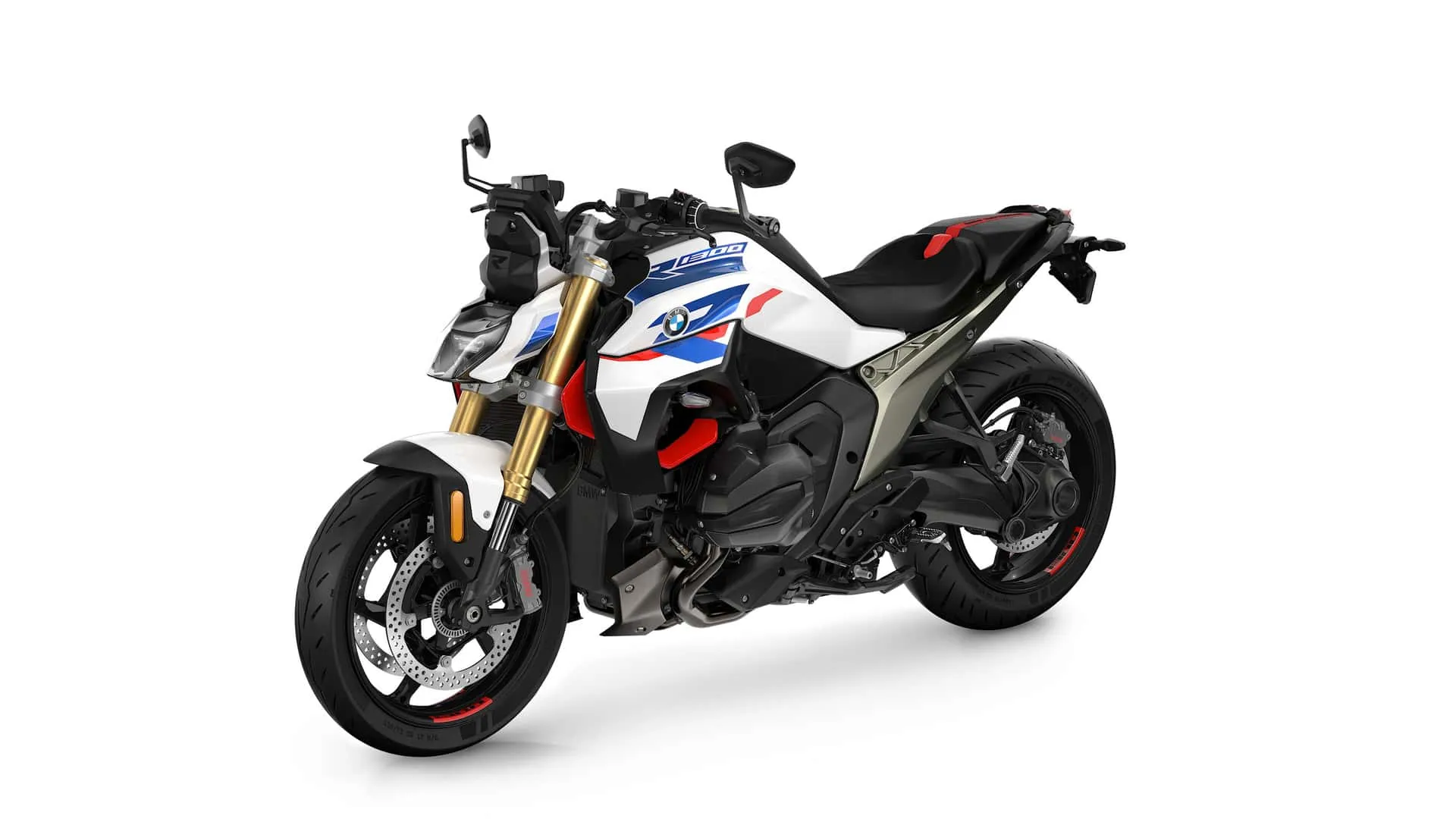
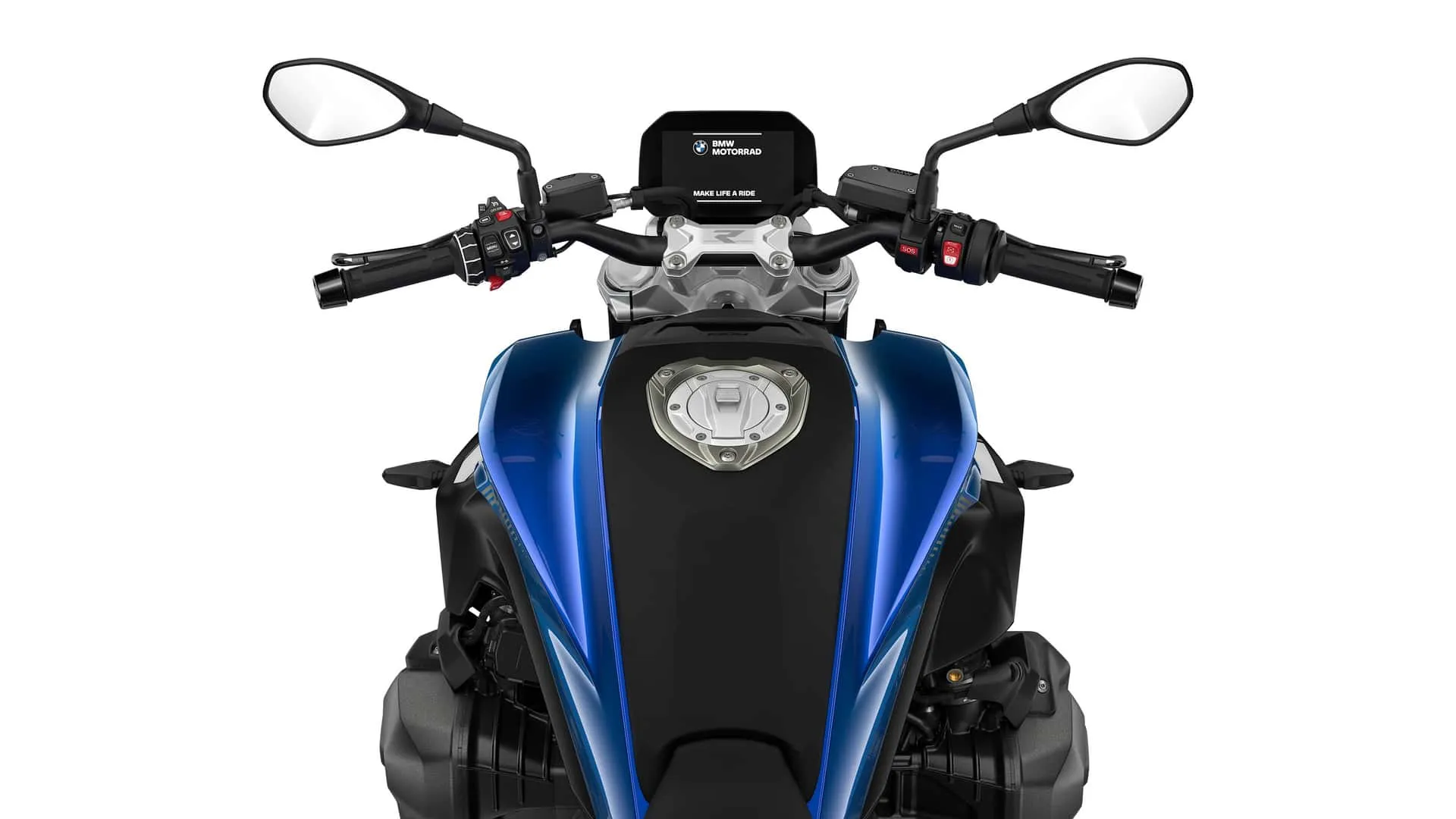

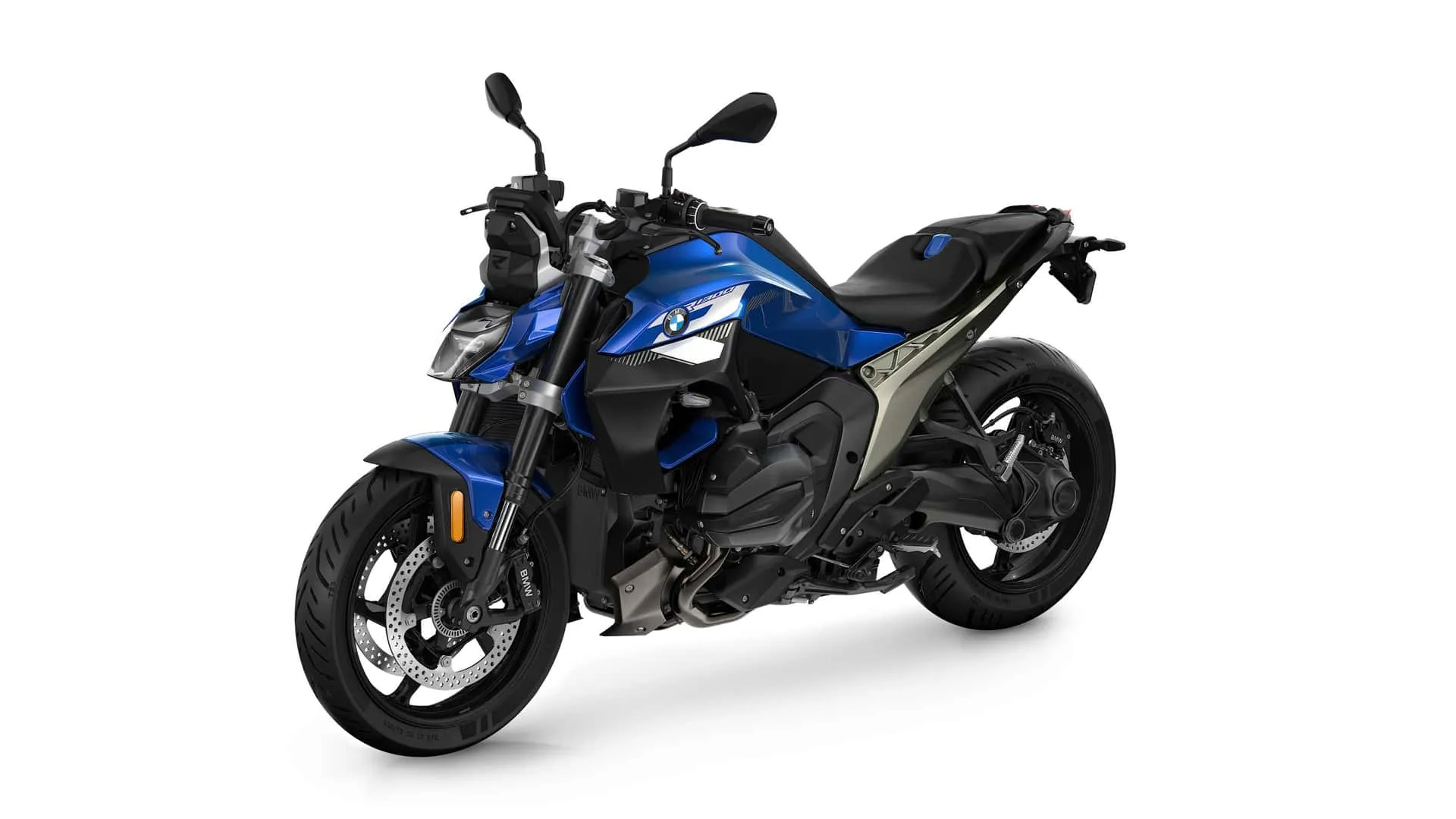
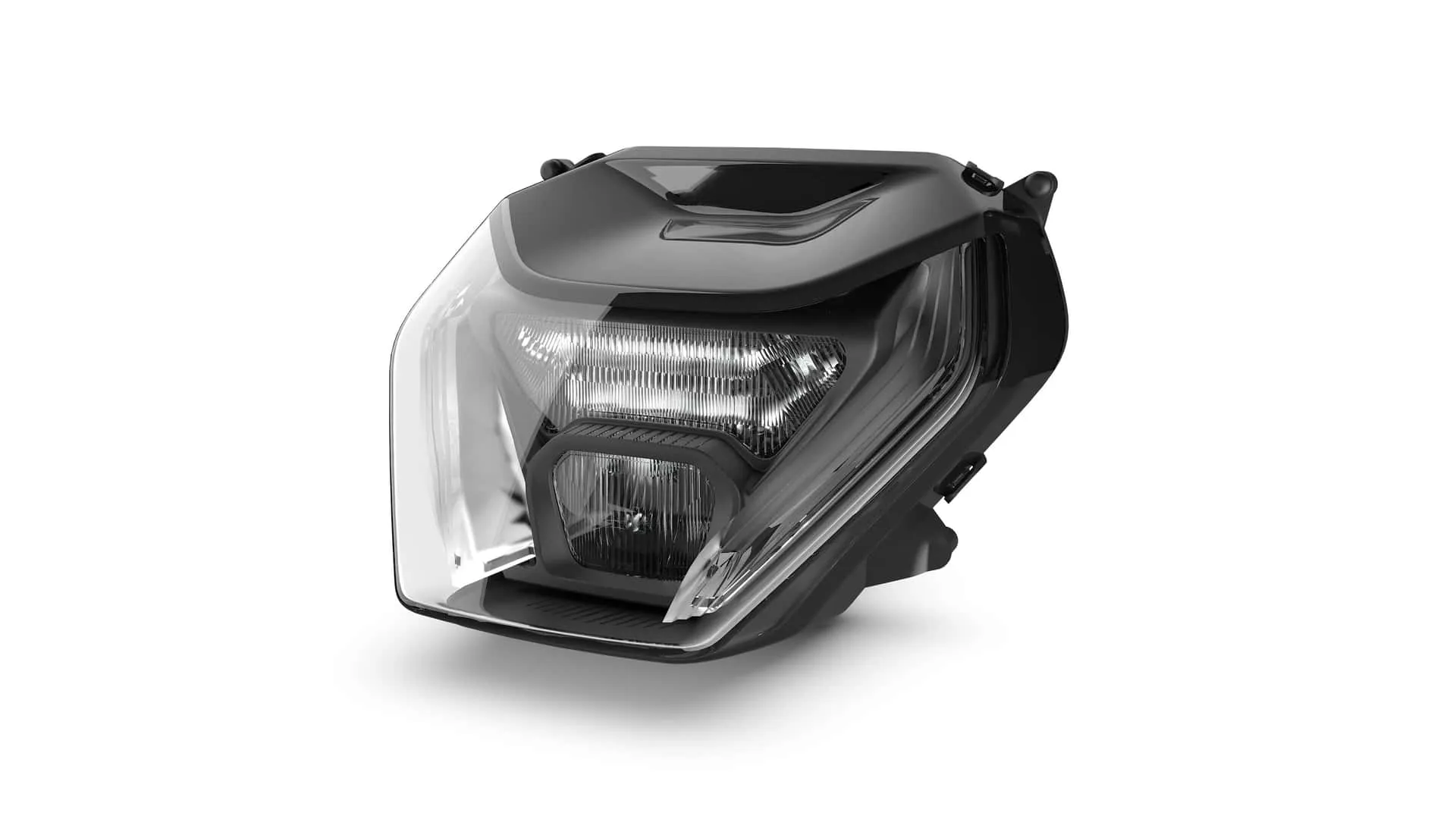
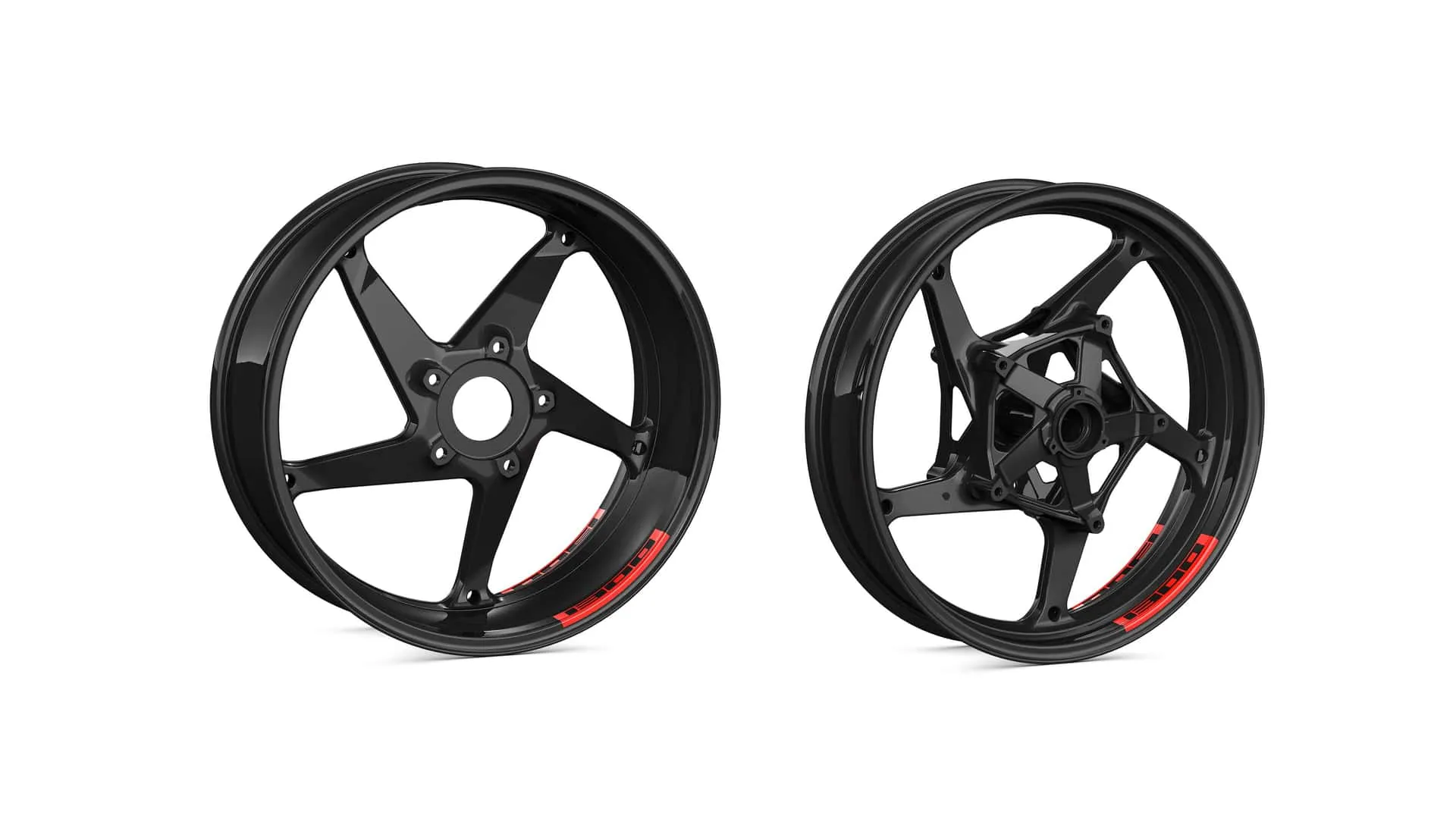
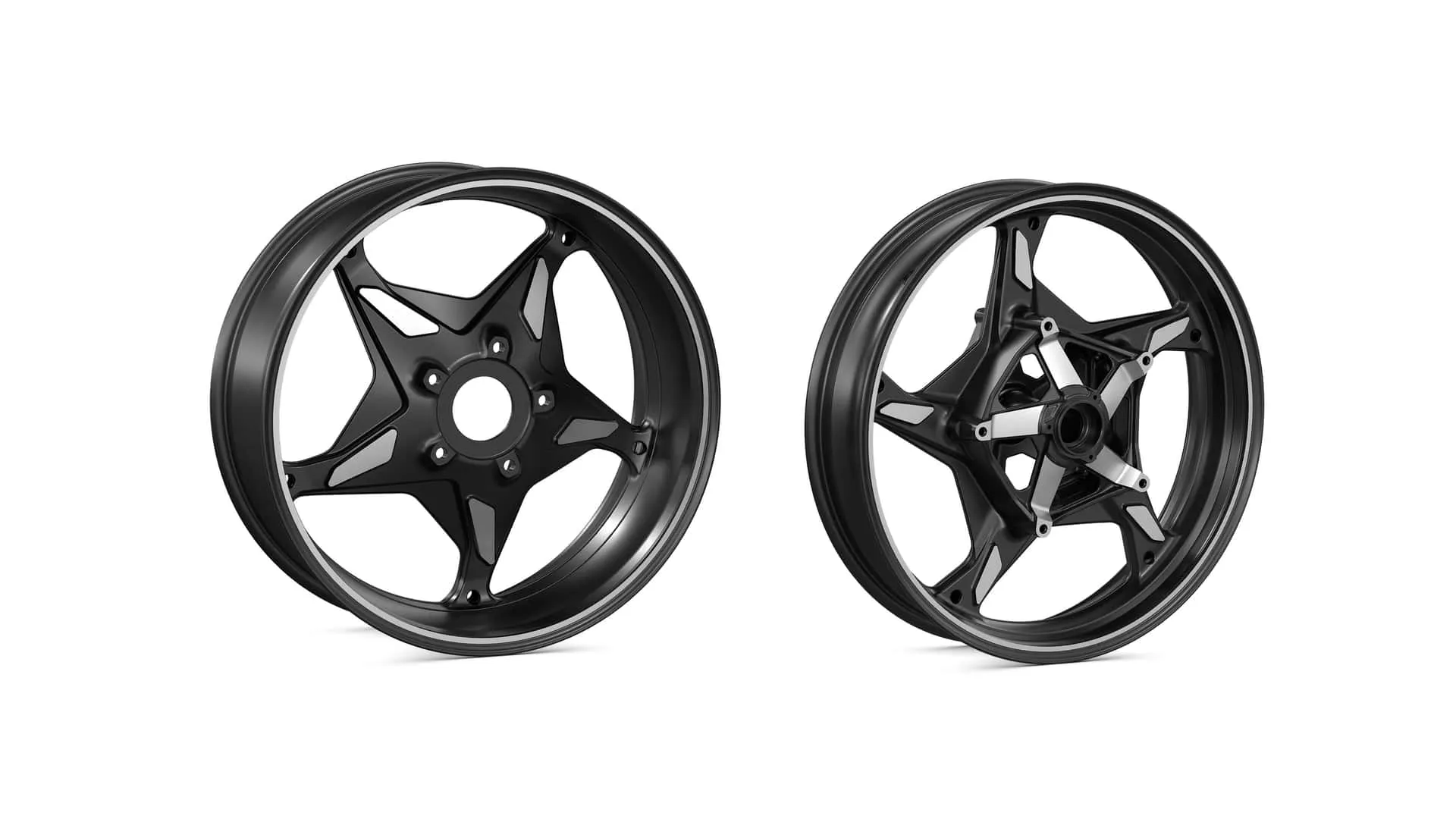
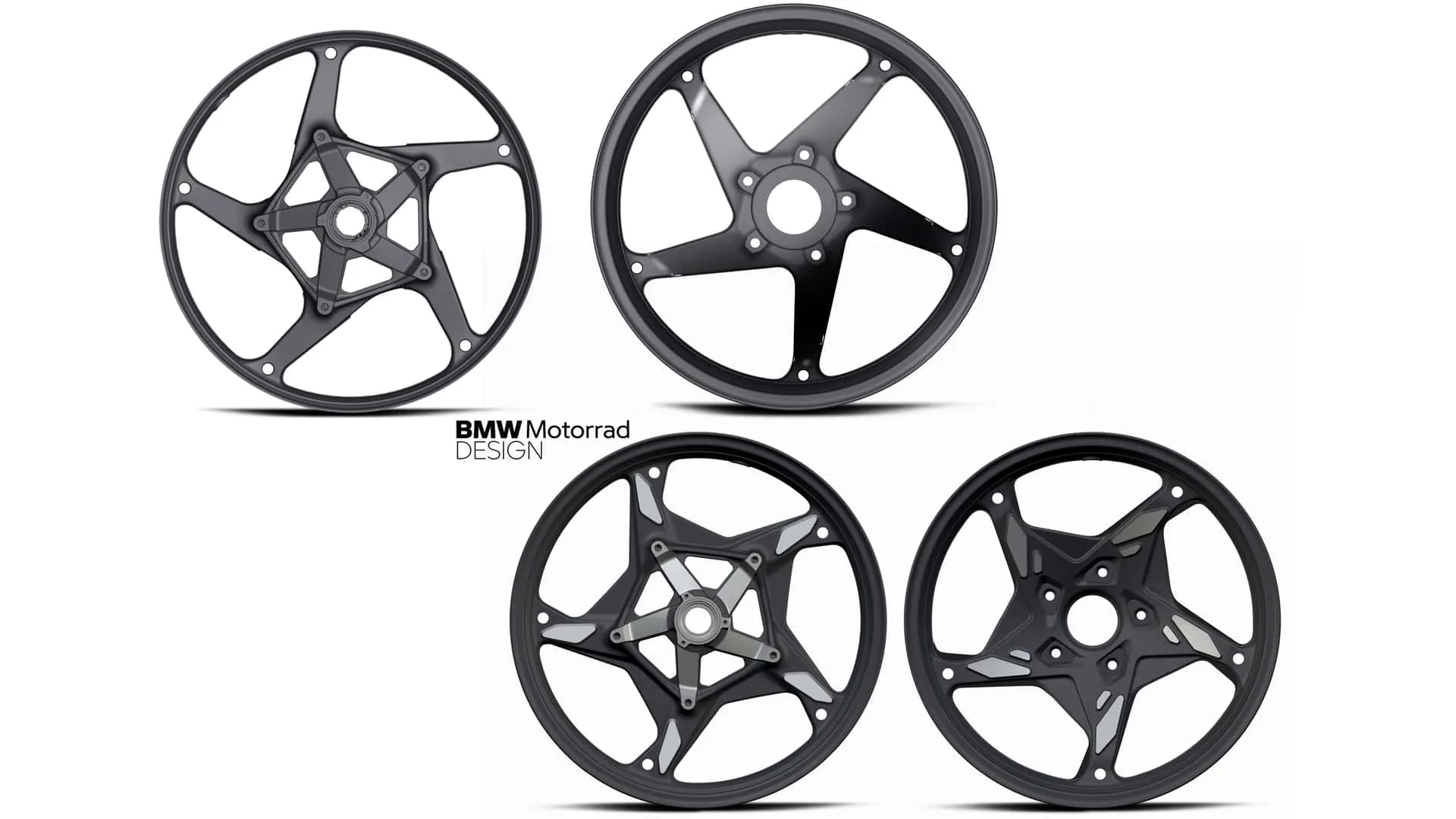
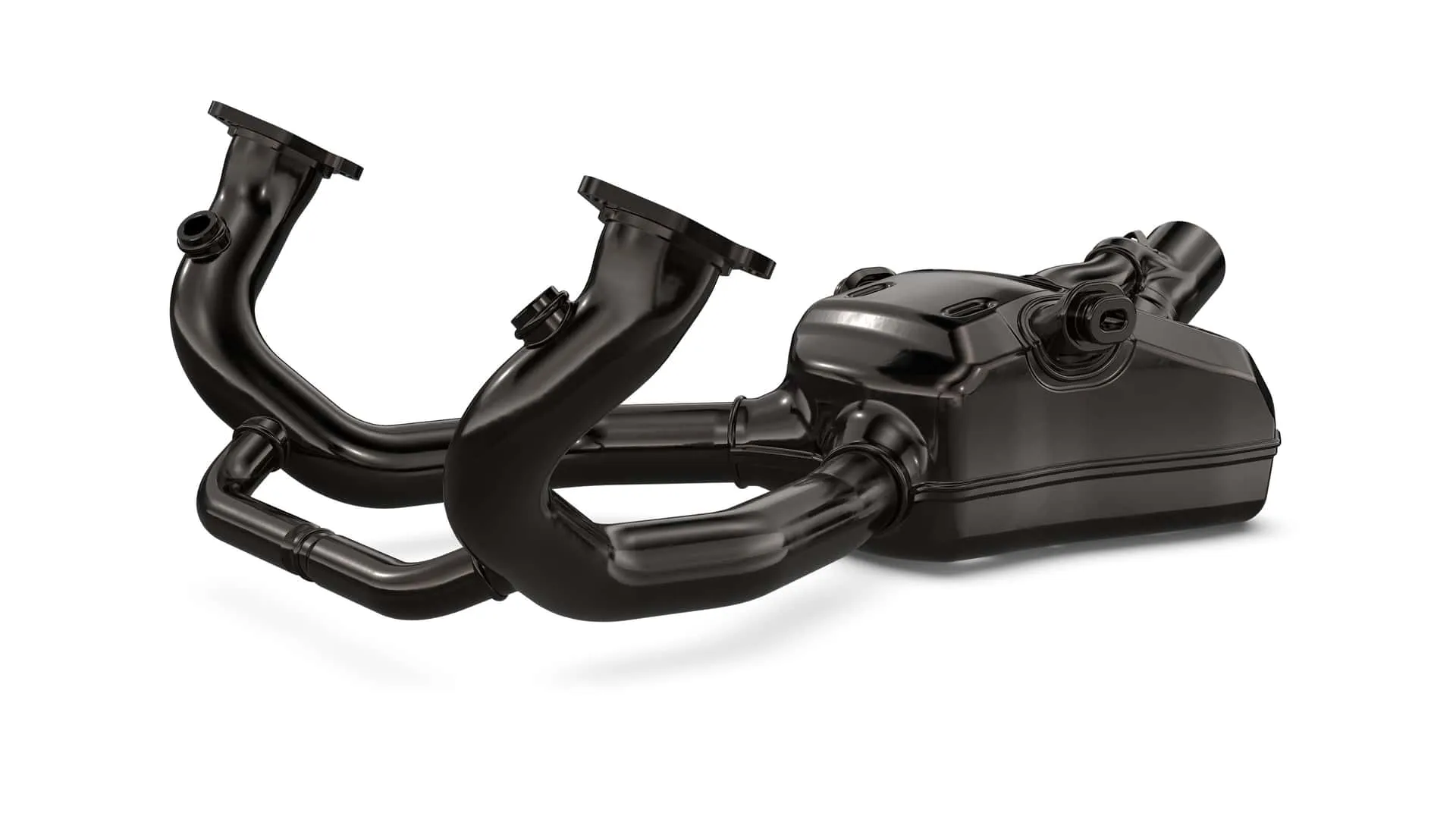
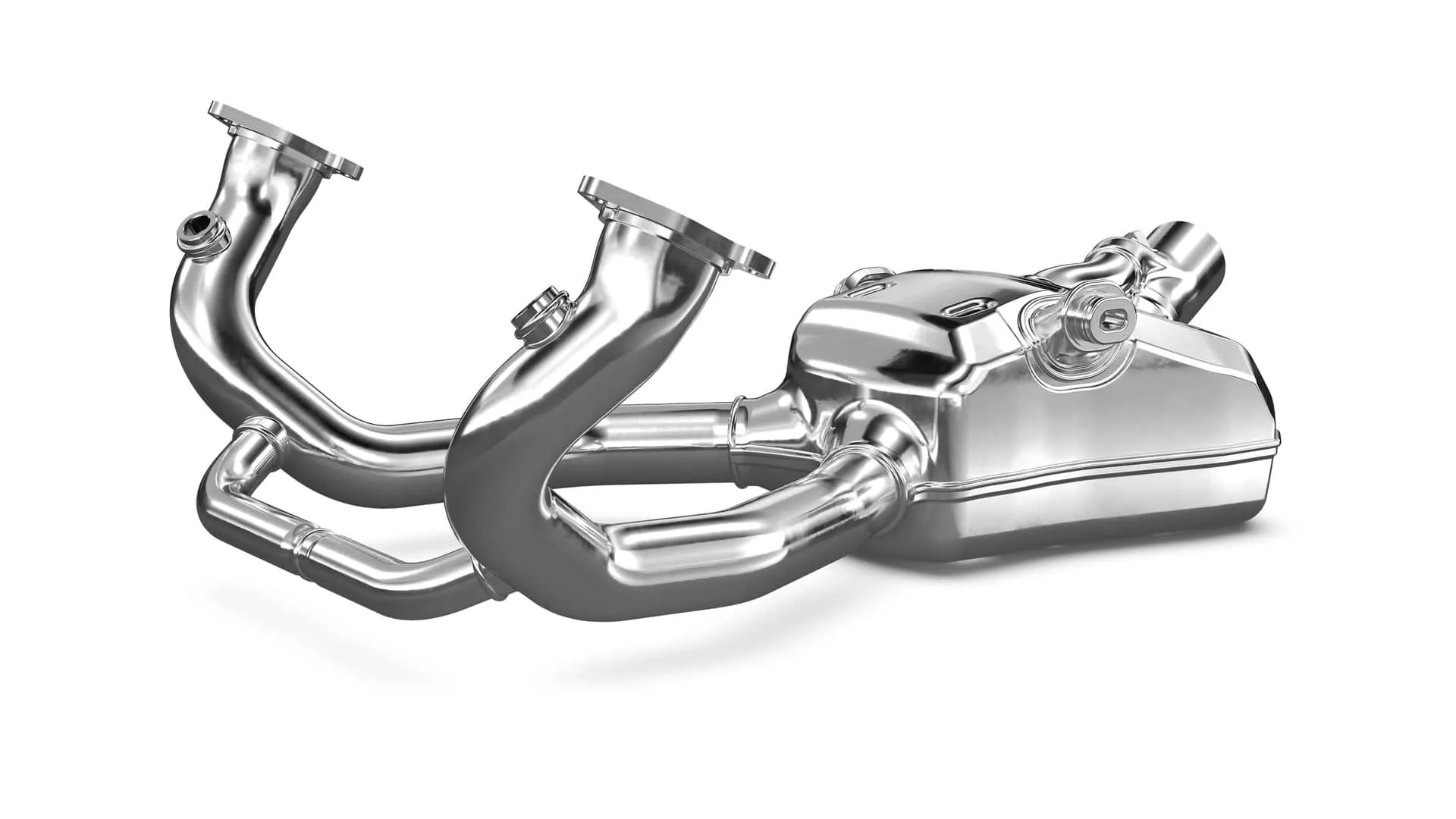
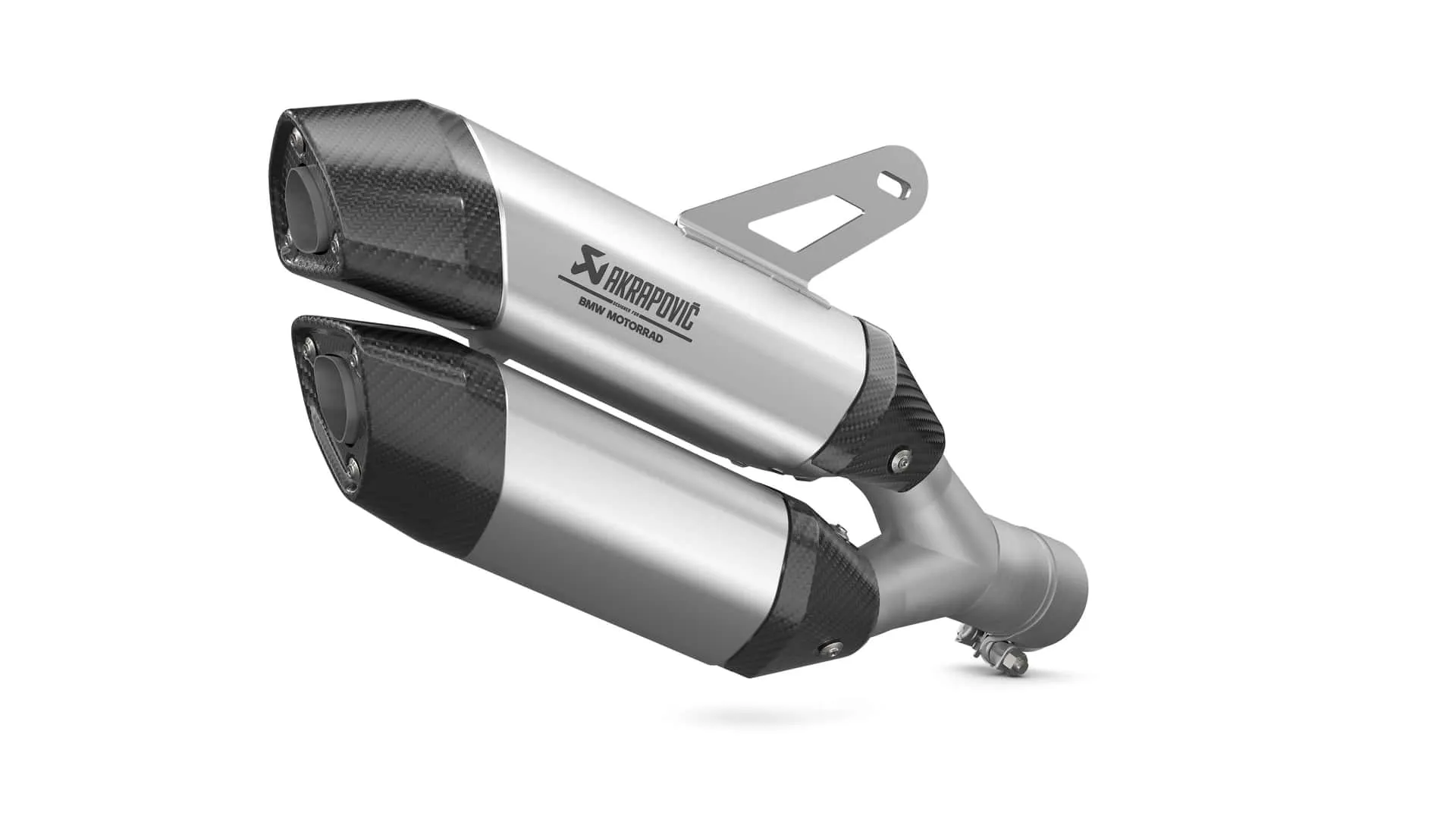
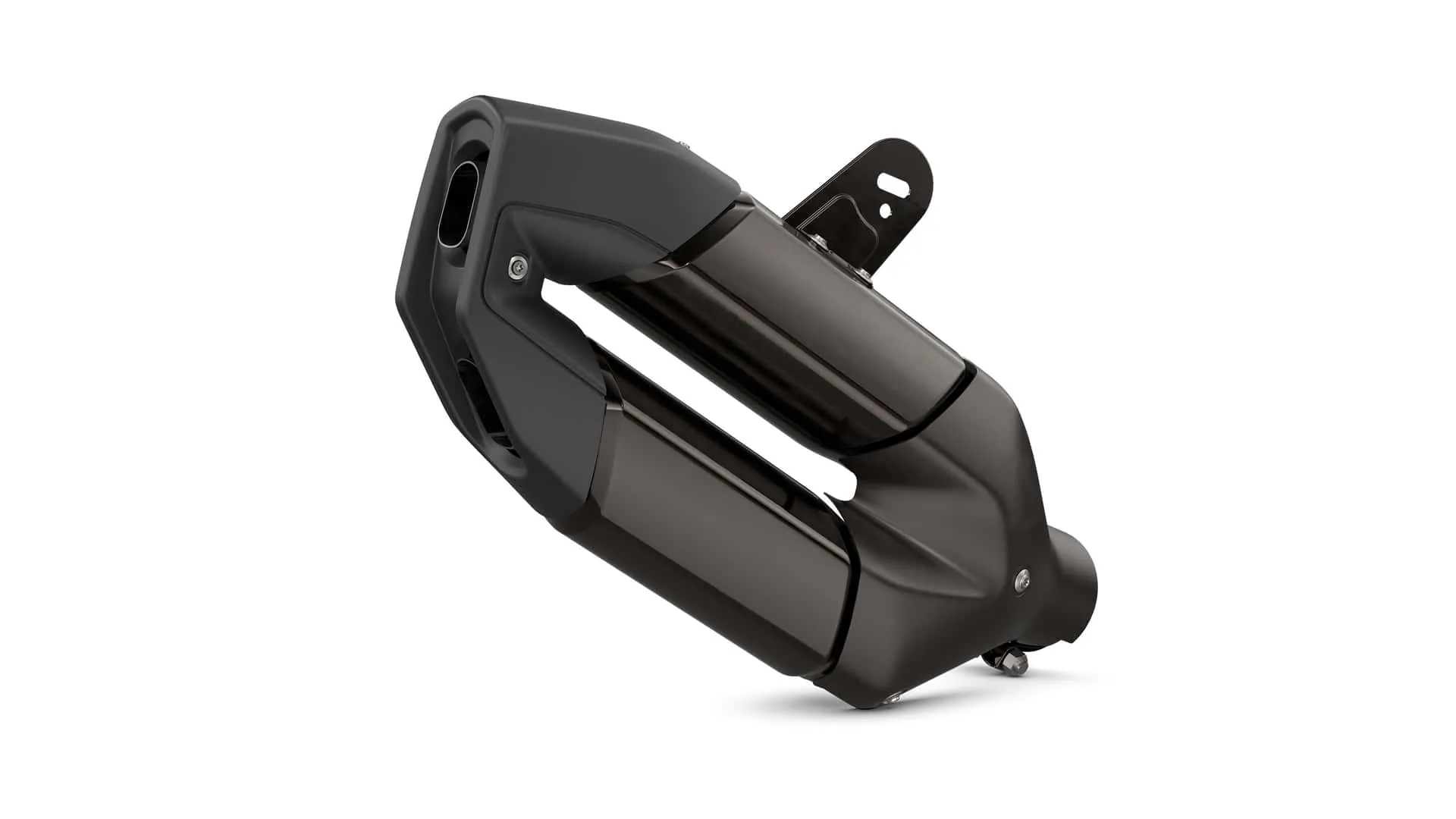
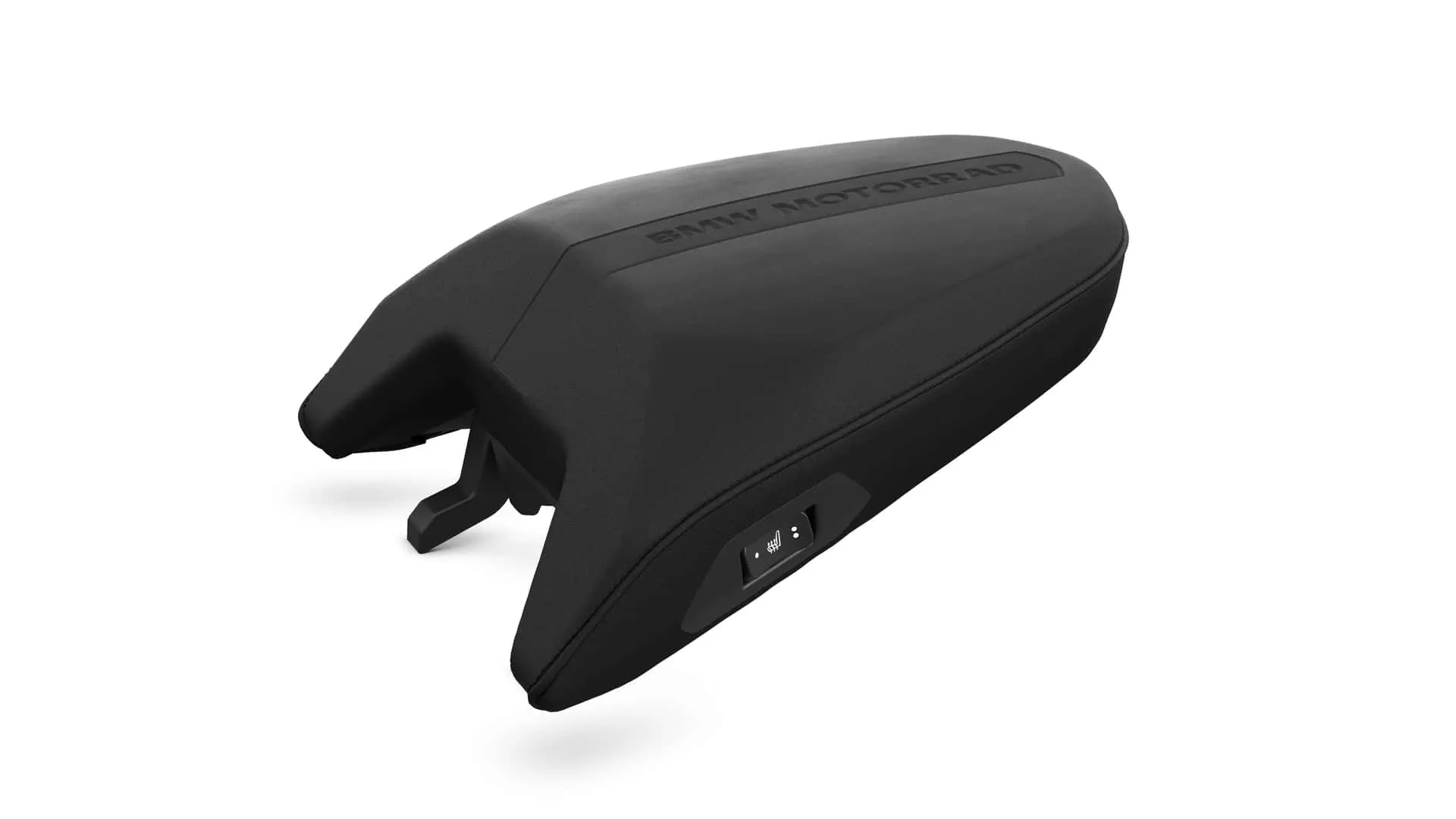
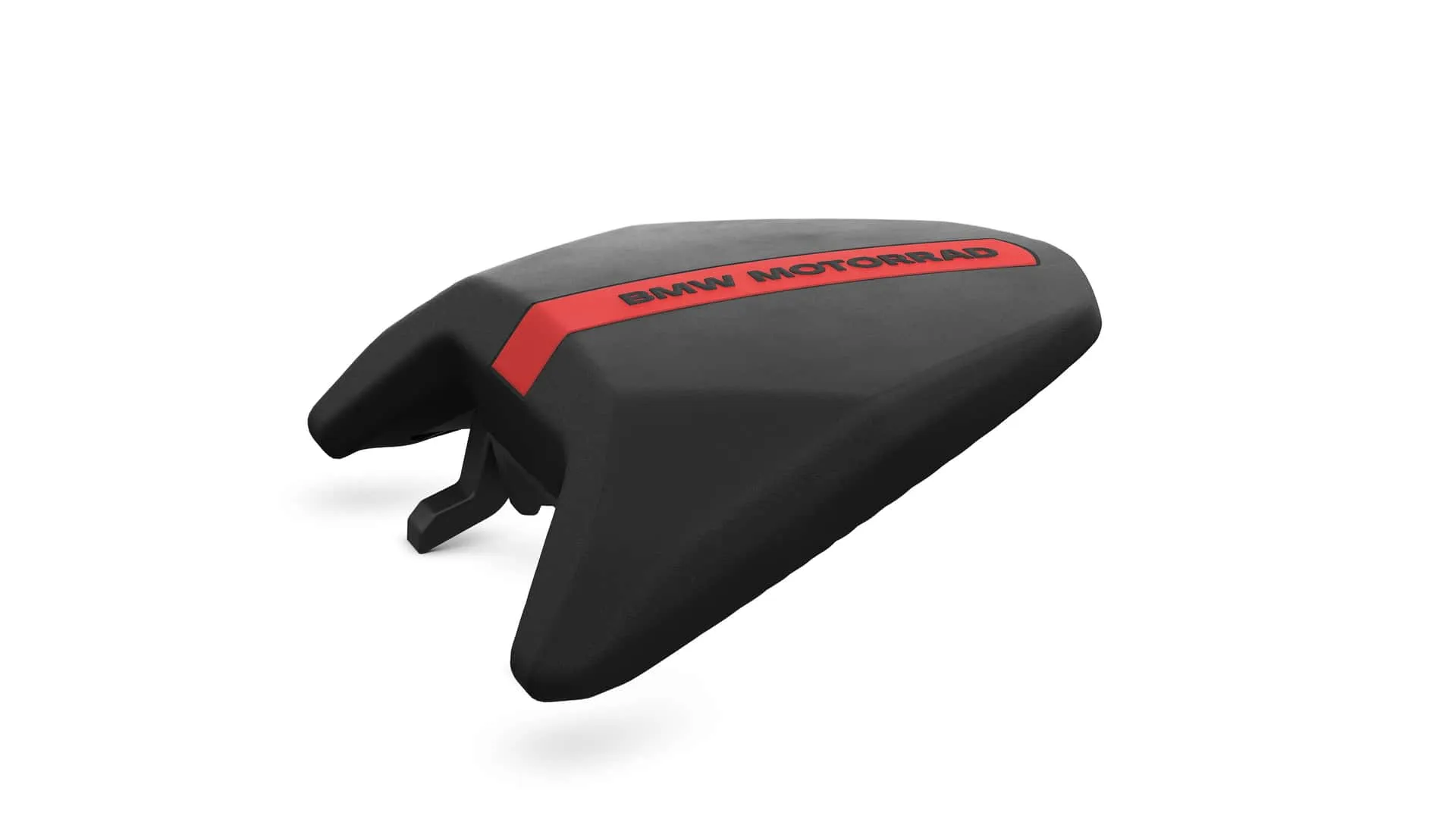
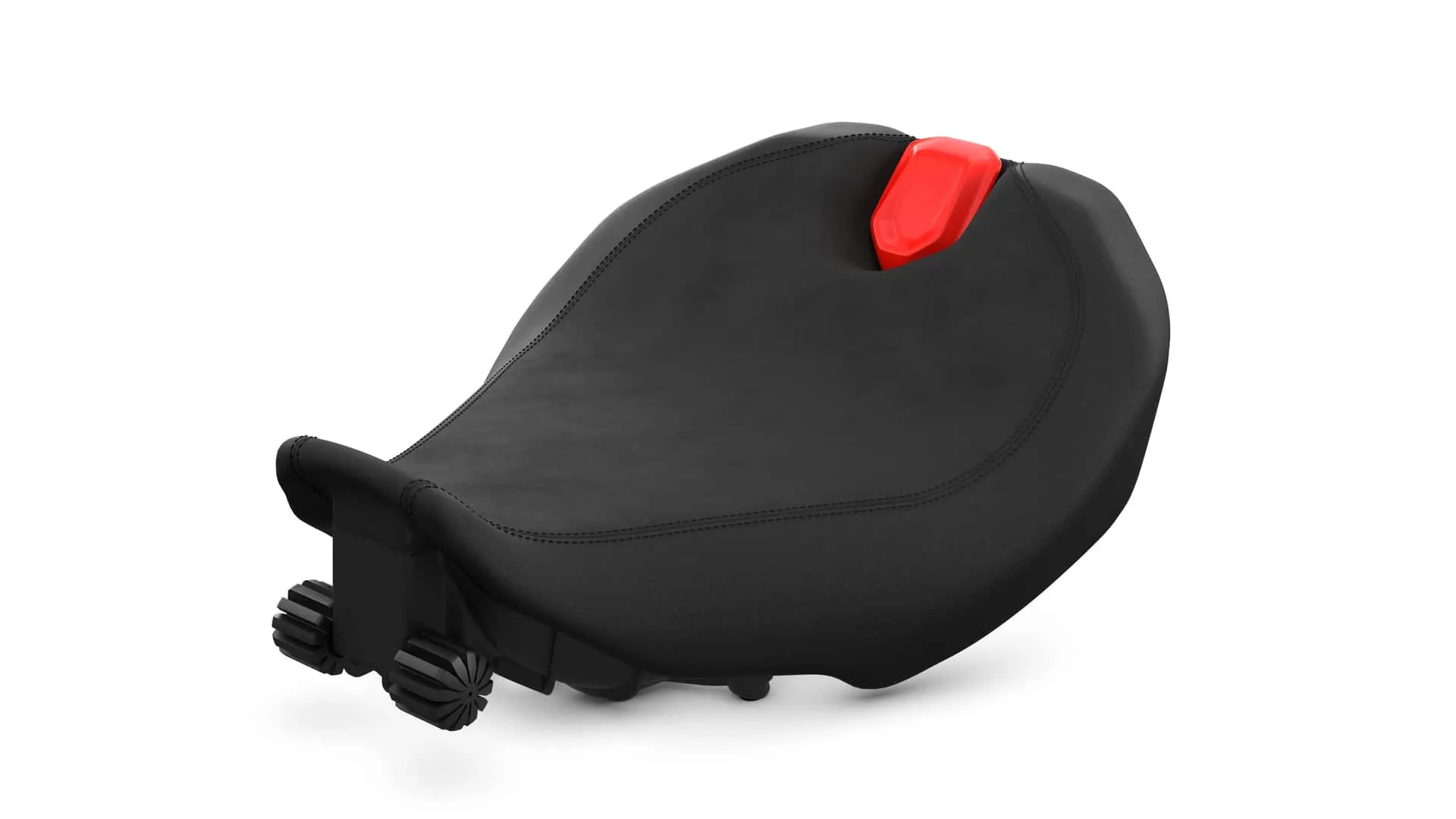
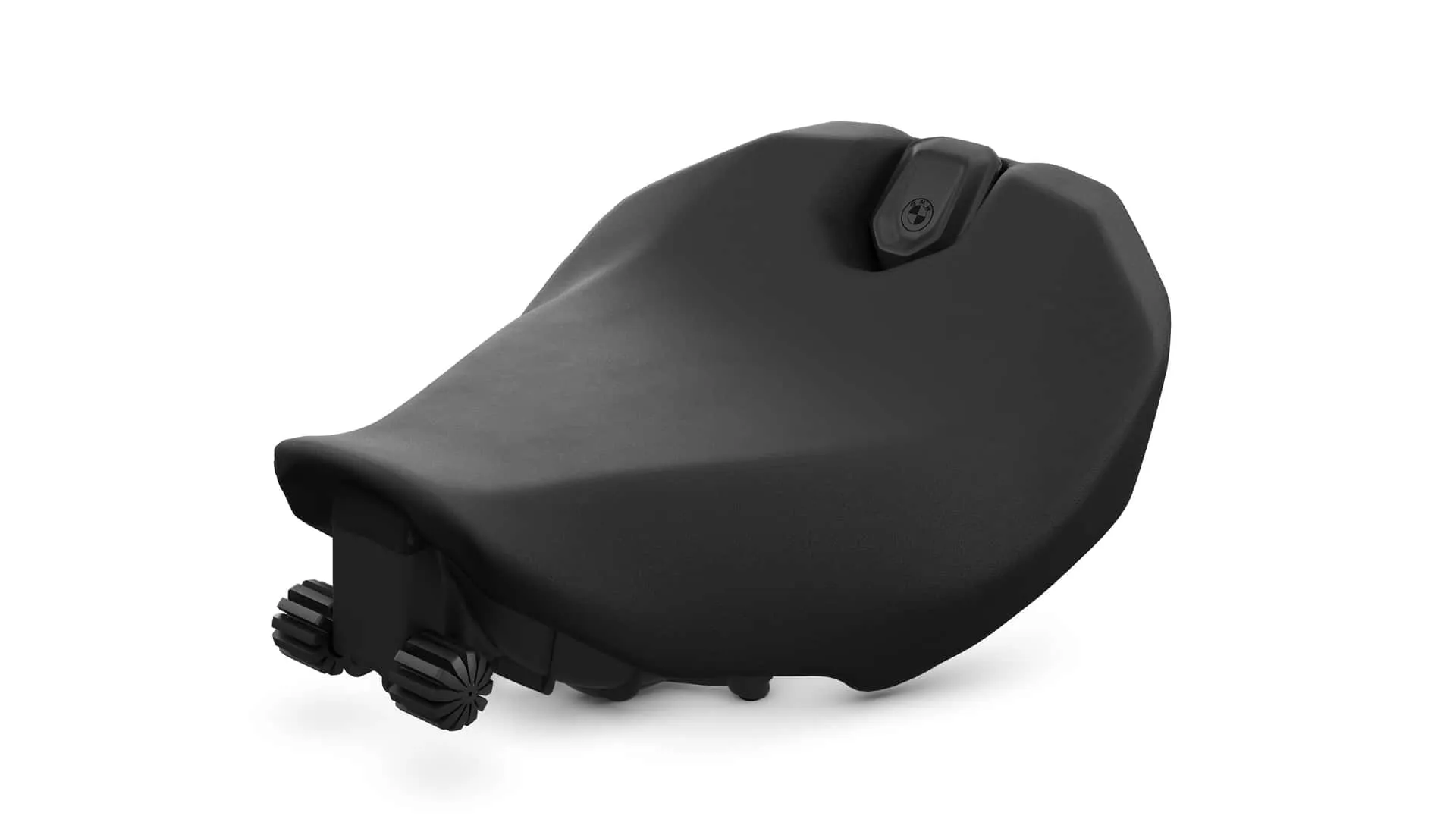
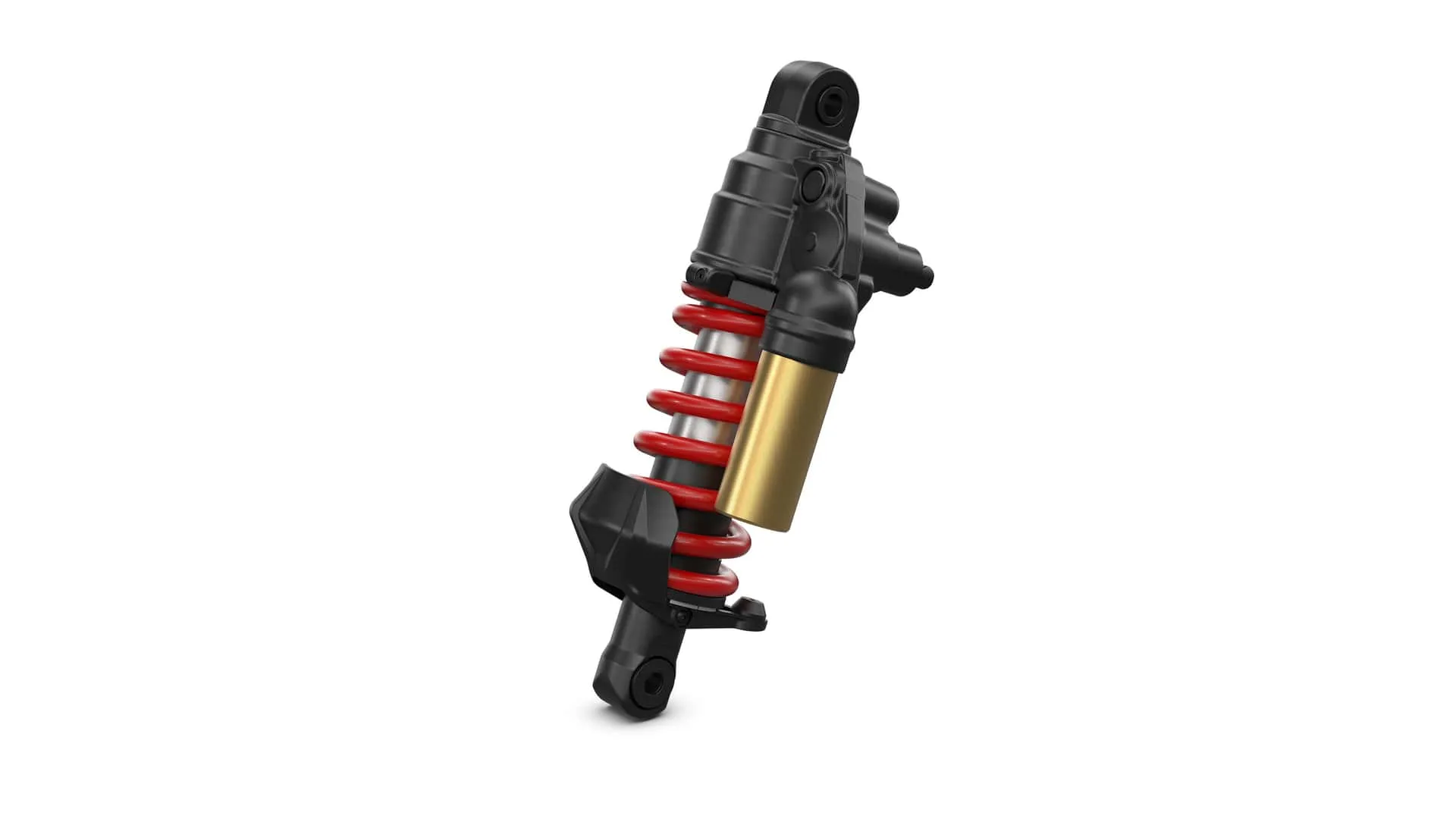
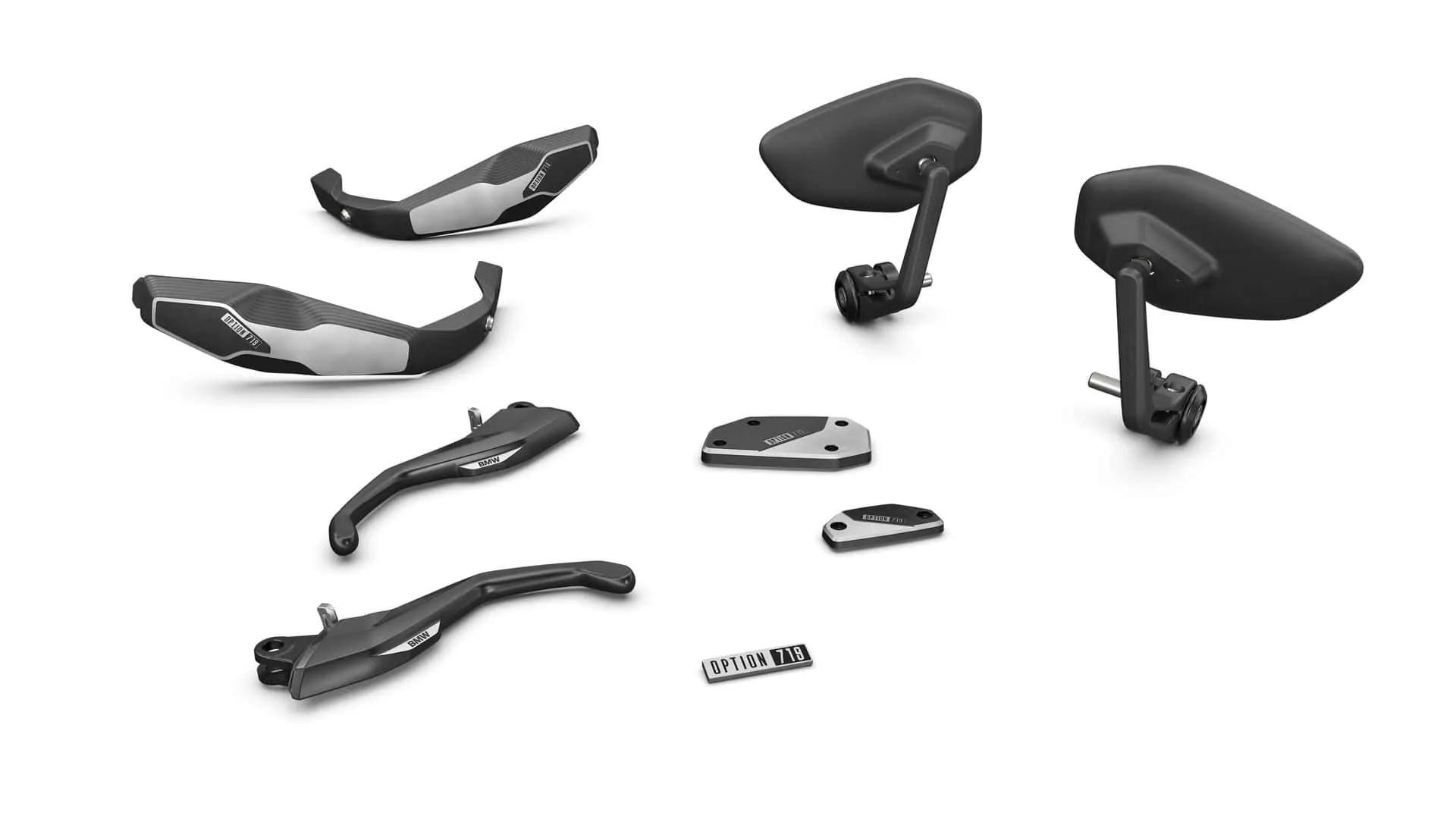
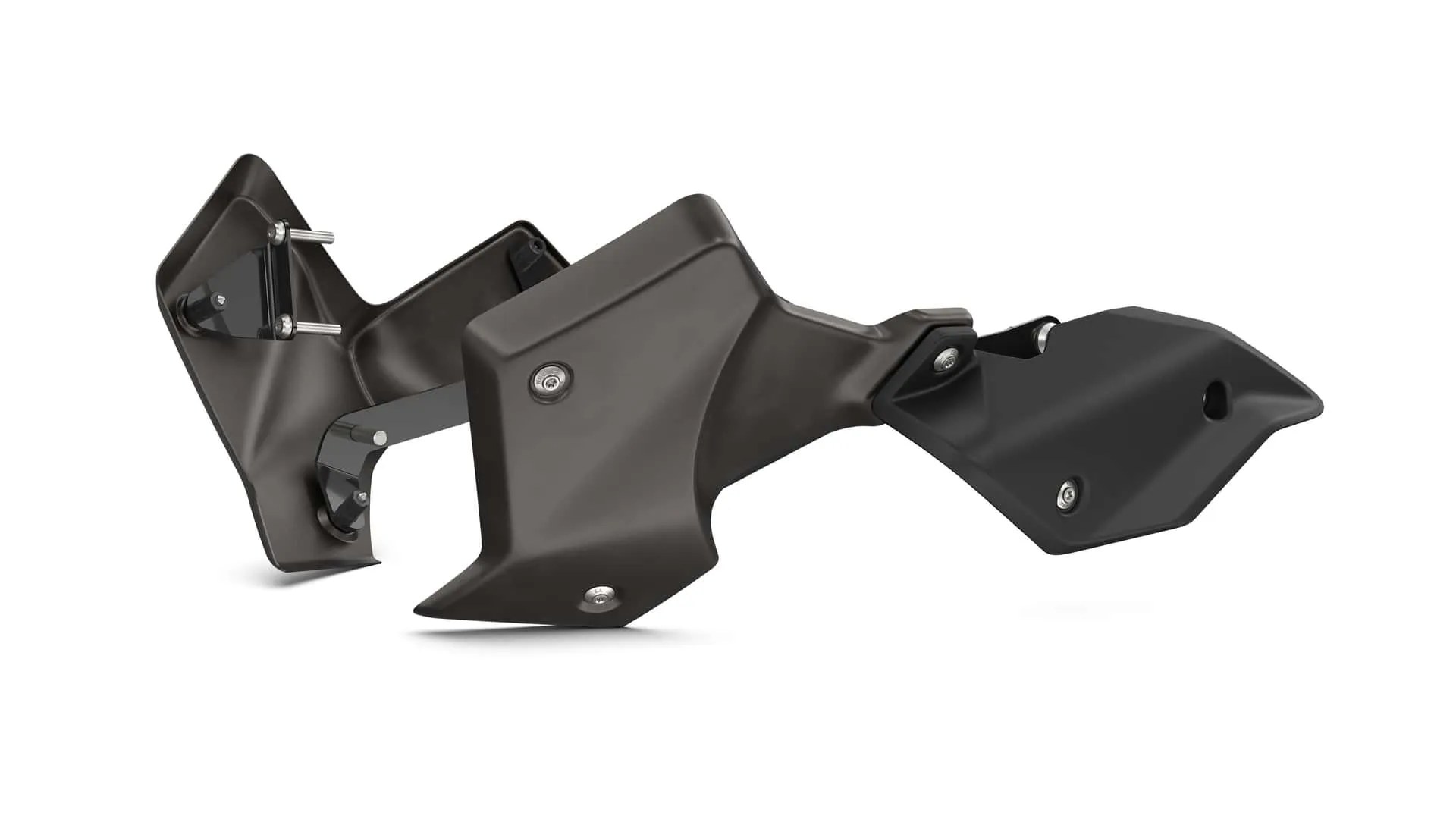
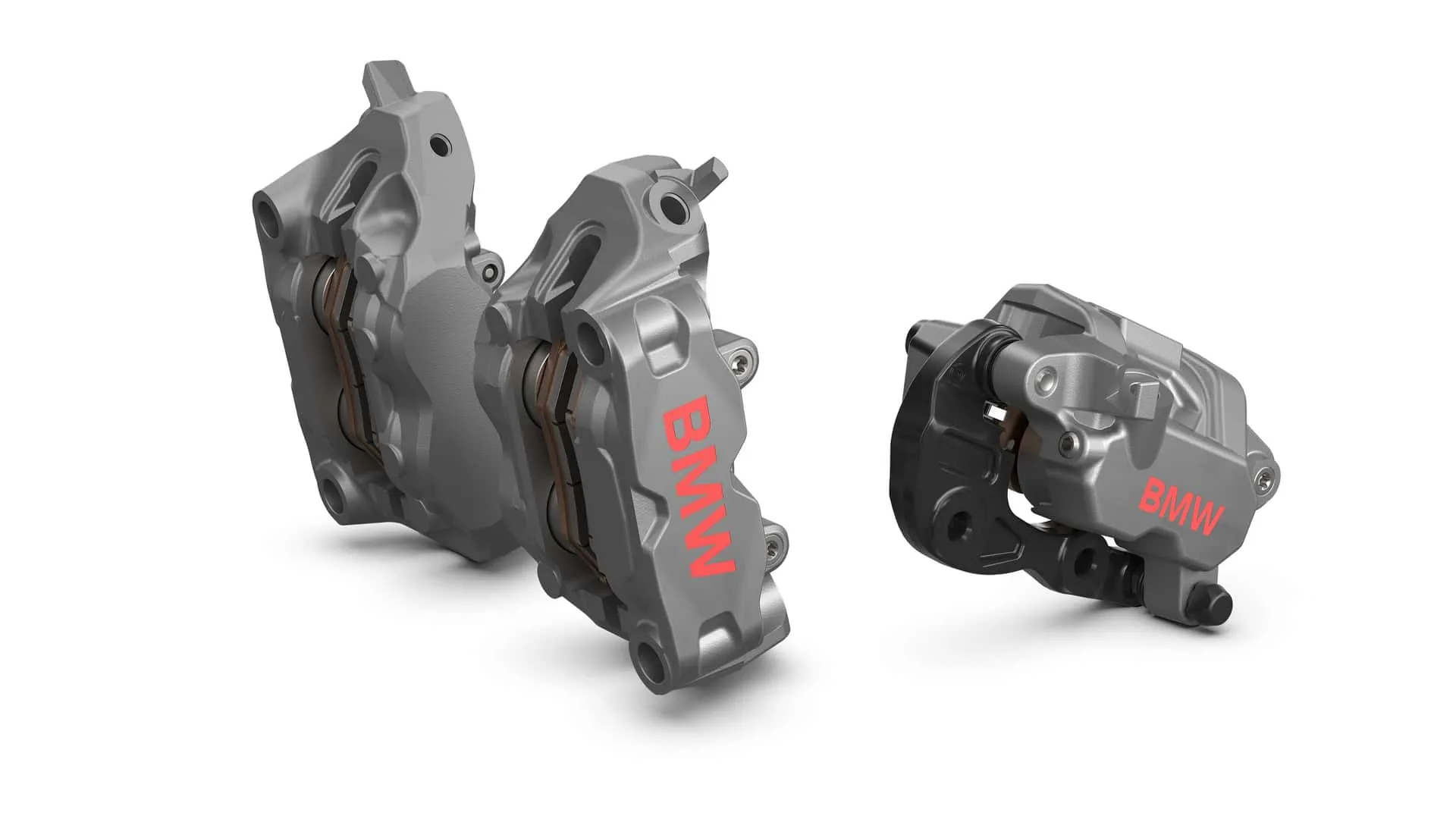

Author: Fabio Isidoro
Fabio Isidoro is the founder and editor-in-chief of Canal Carro, where he has been writing about the automotive world since 2022. Passionate about cars and technology, he began his journey on the HospedandoSites portal and today dedicates himself to creating technical content and comprehensive analyses of national and international vehicles. 📩 Contact: contato@canalcarro.net.br

